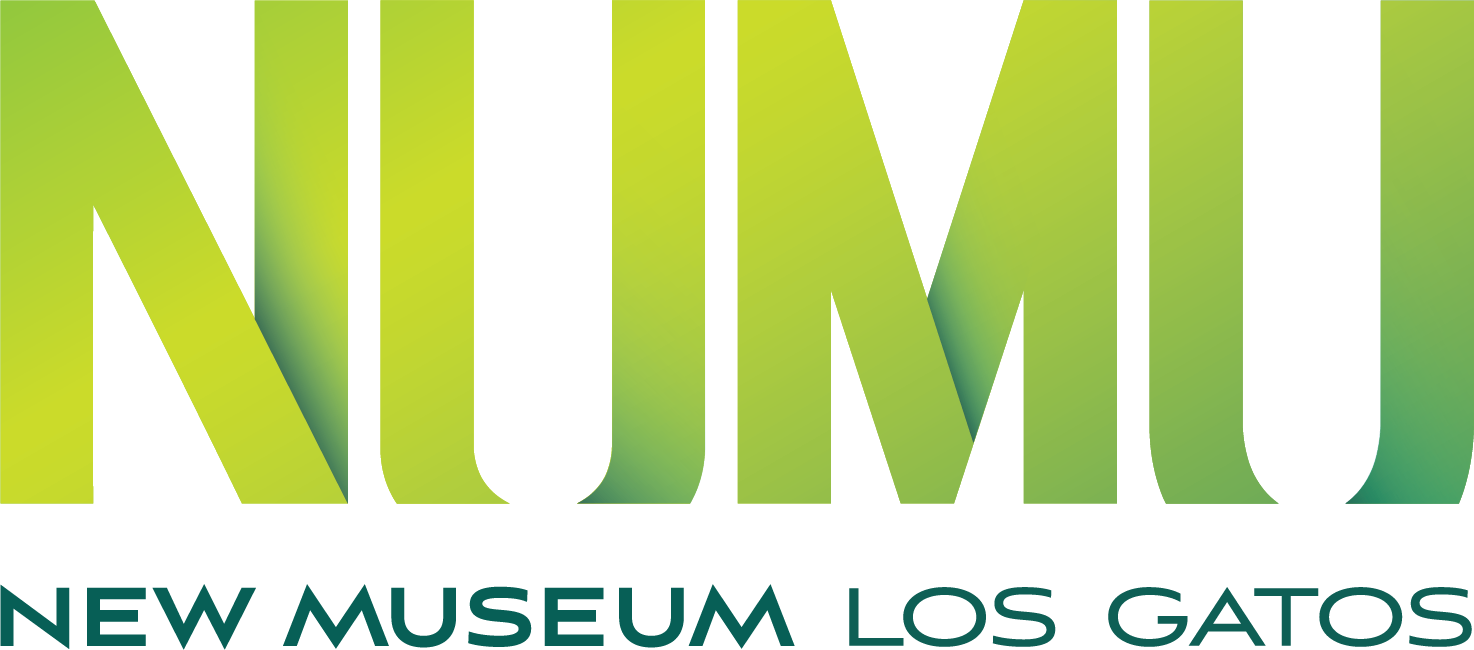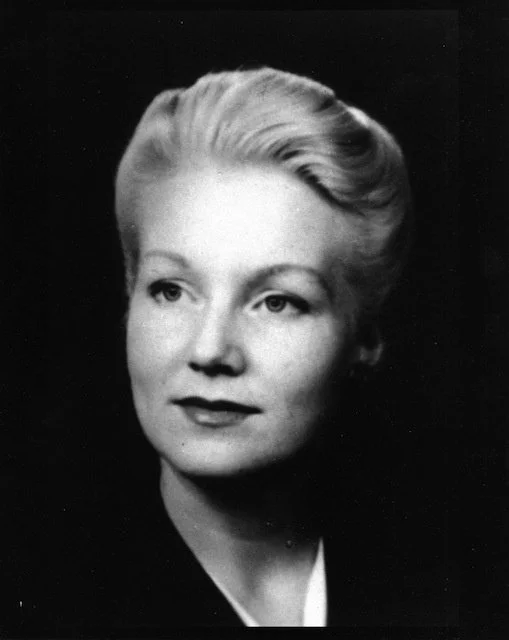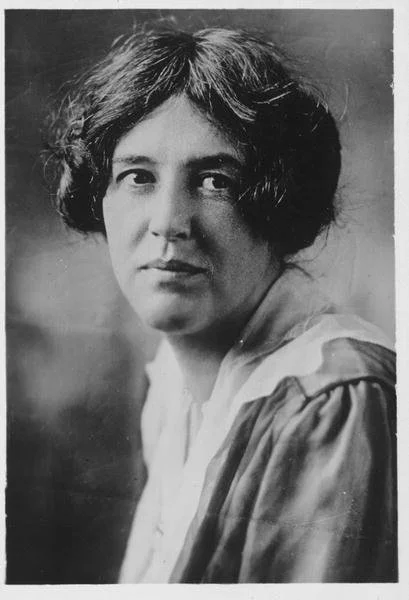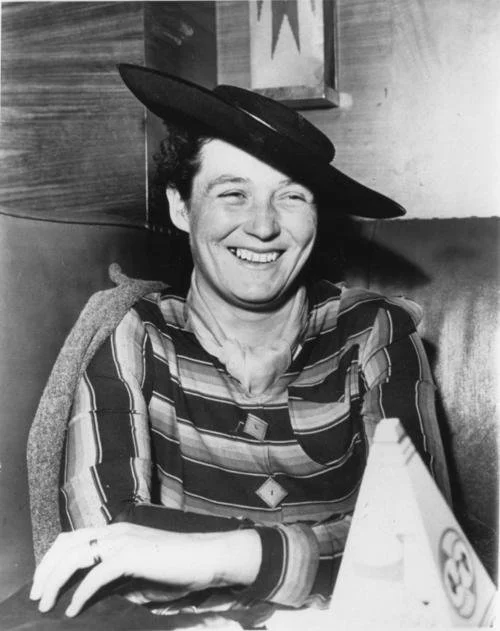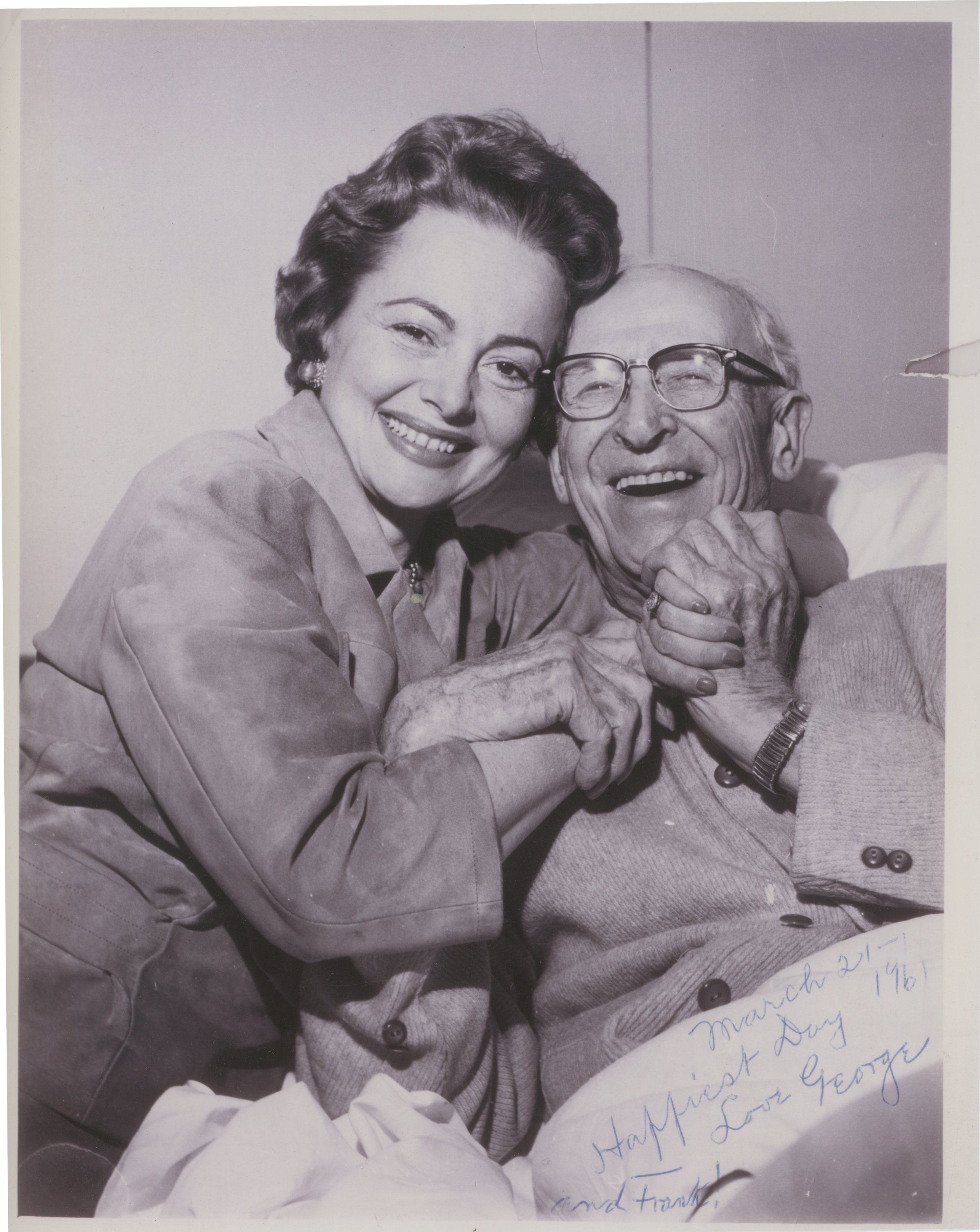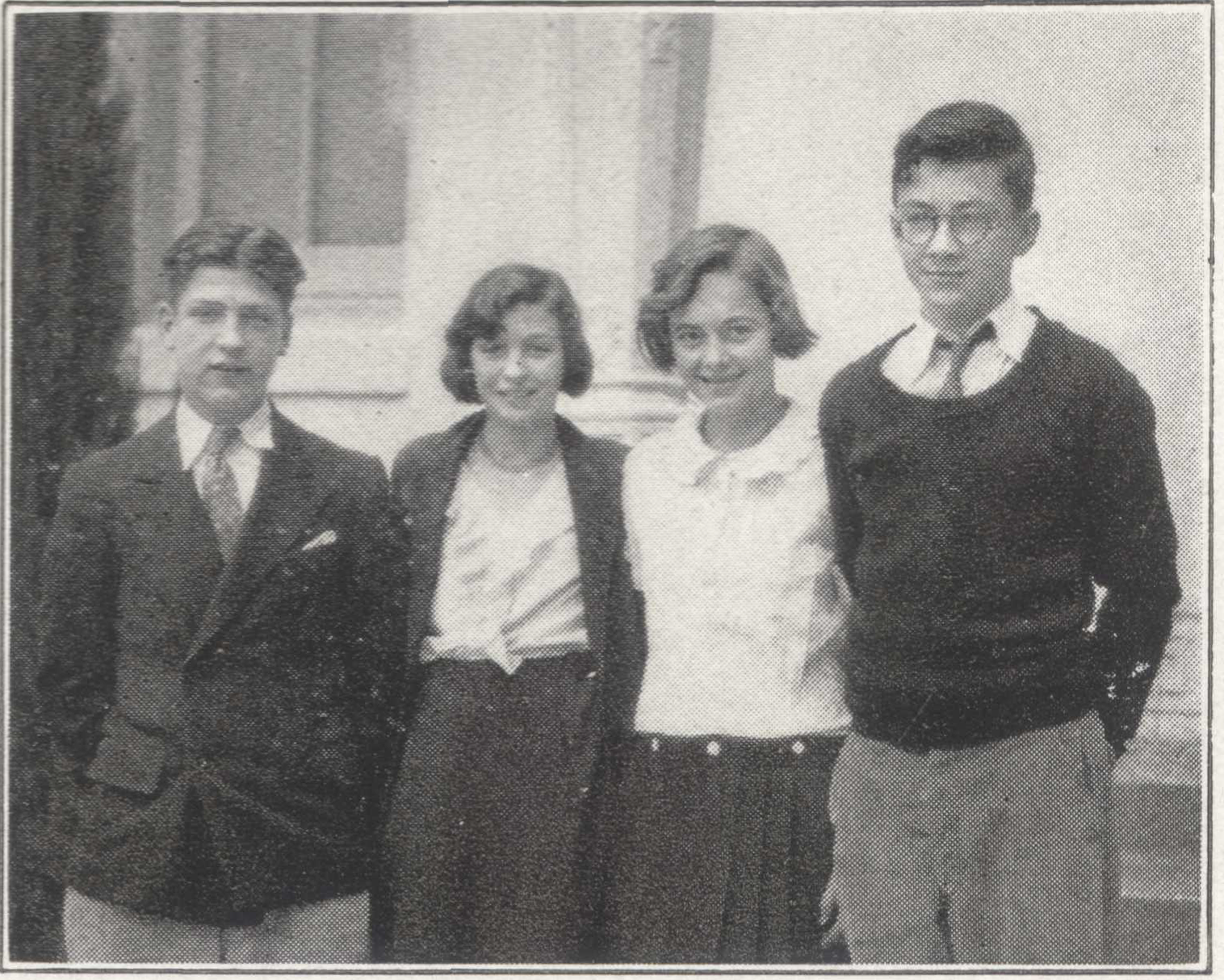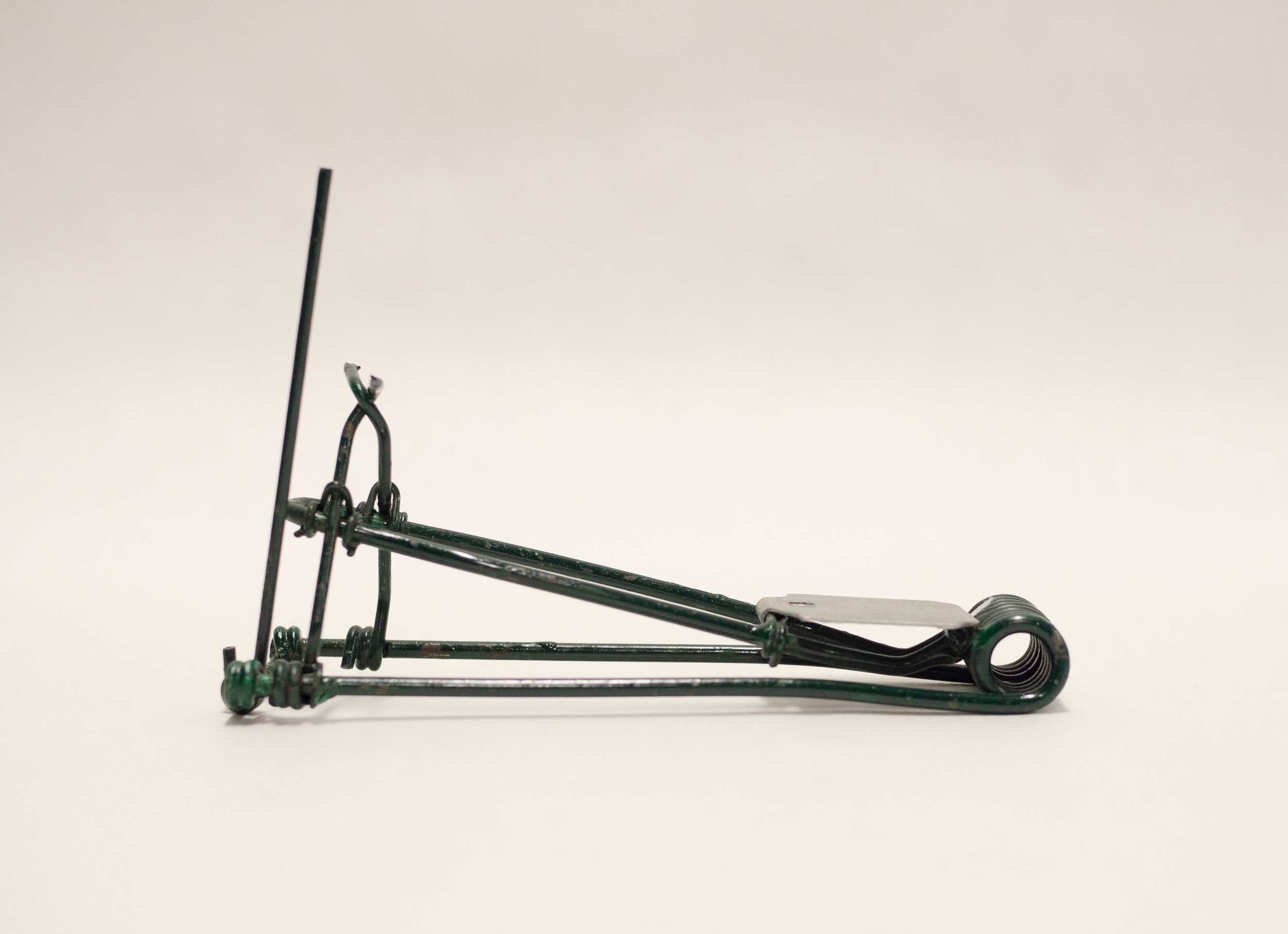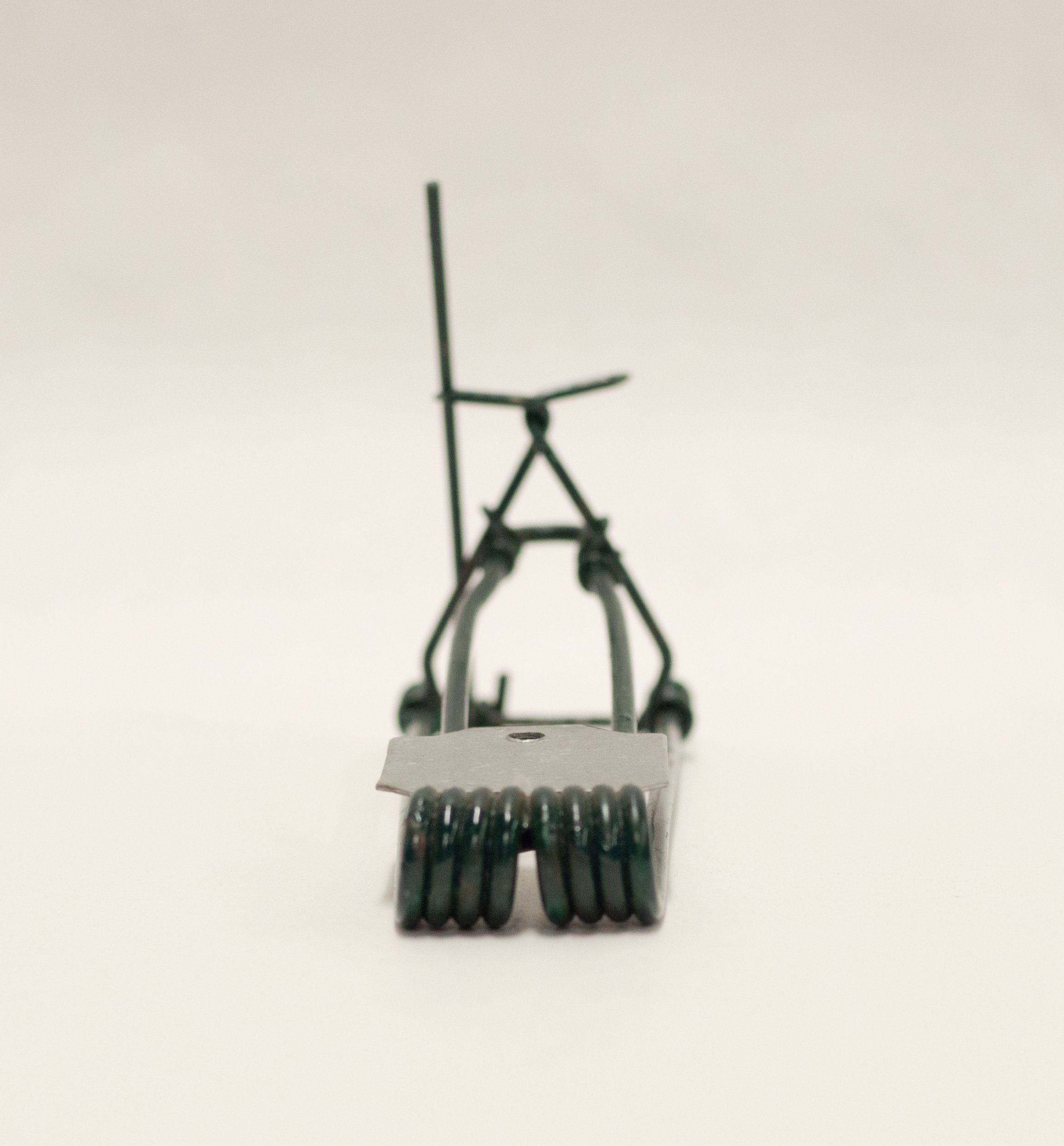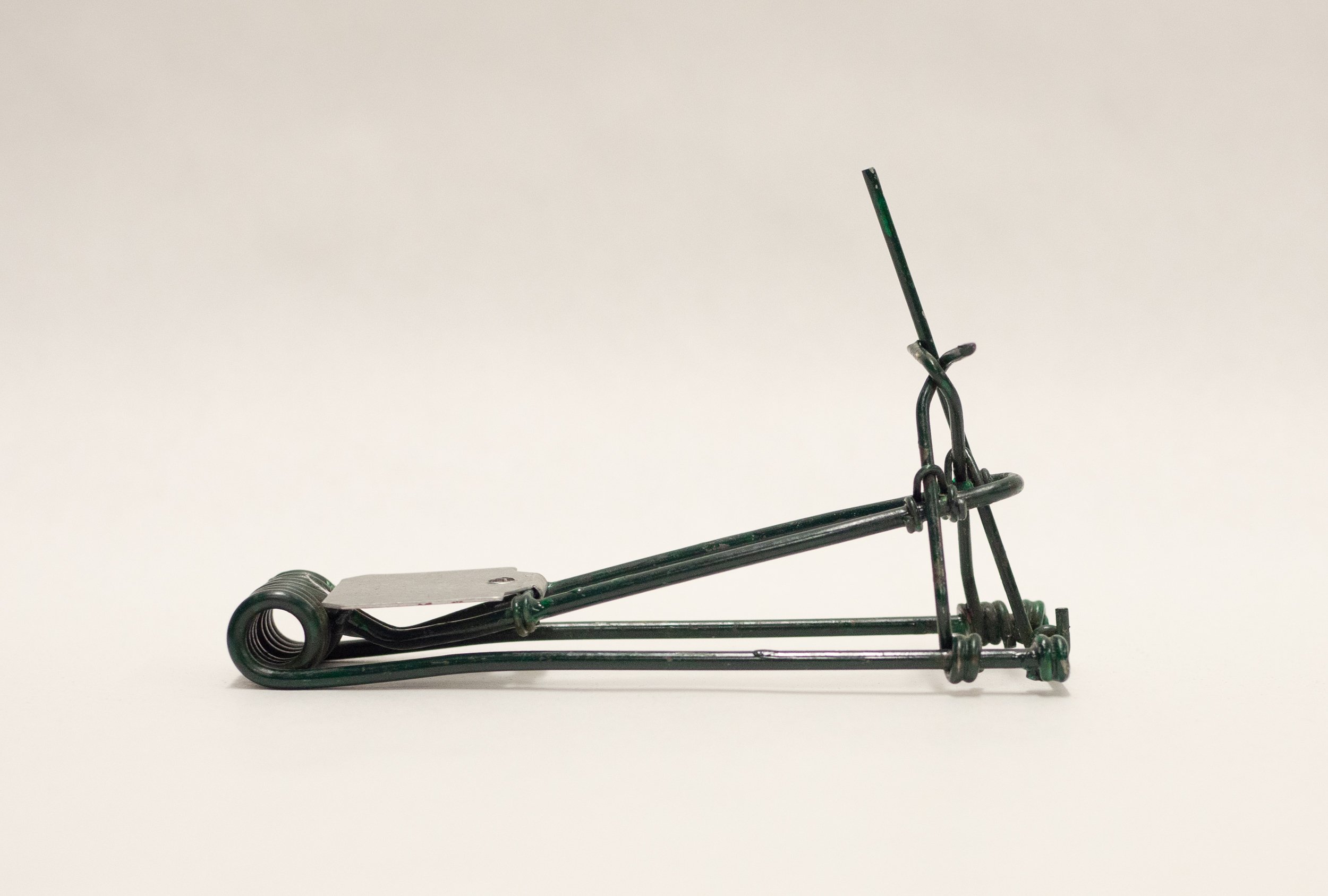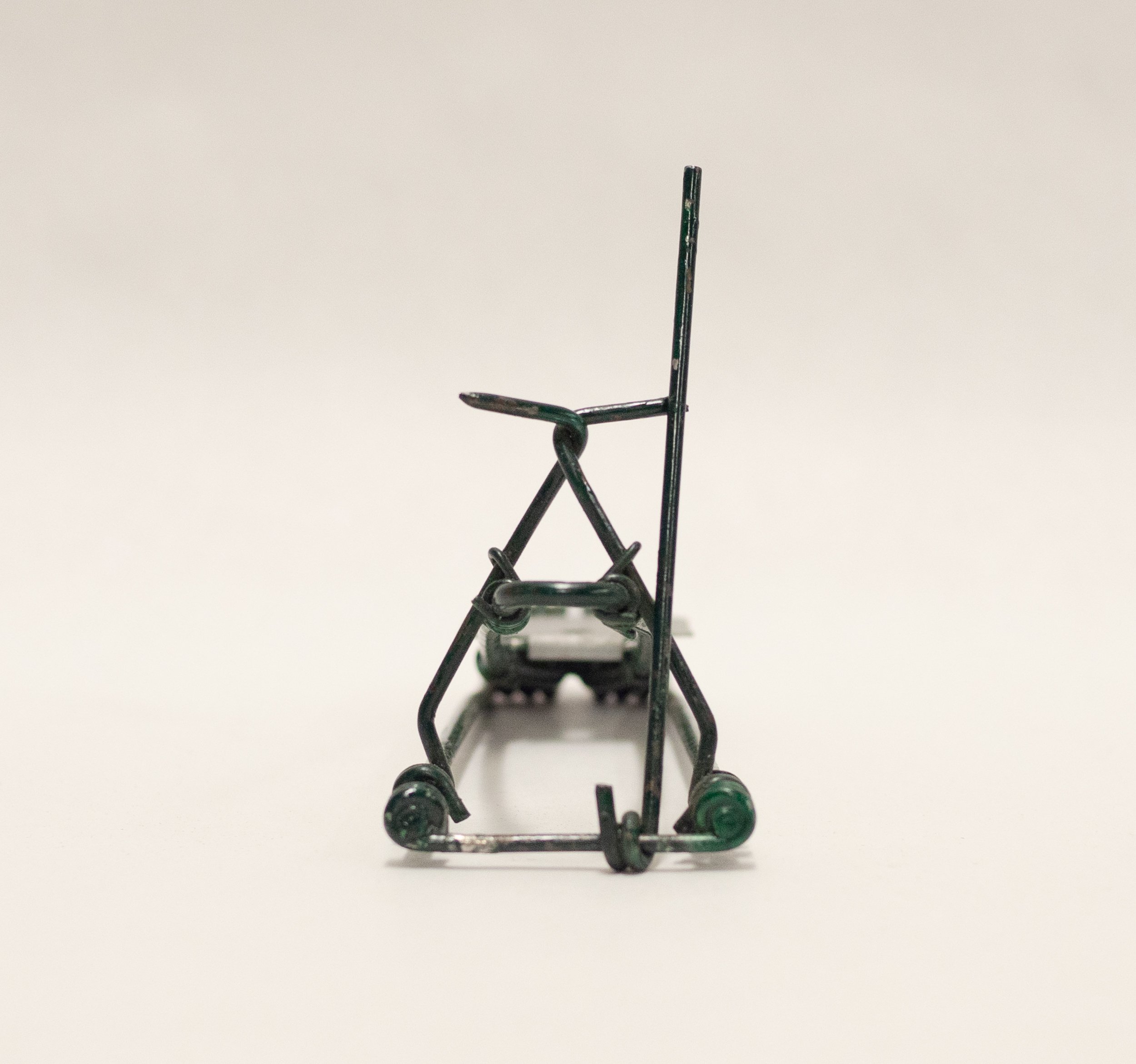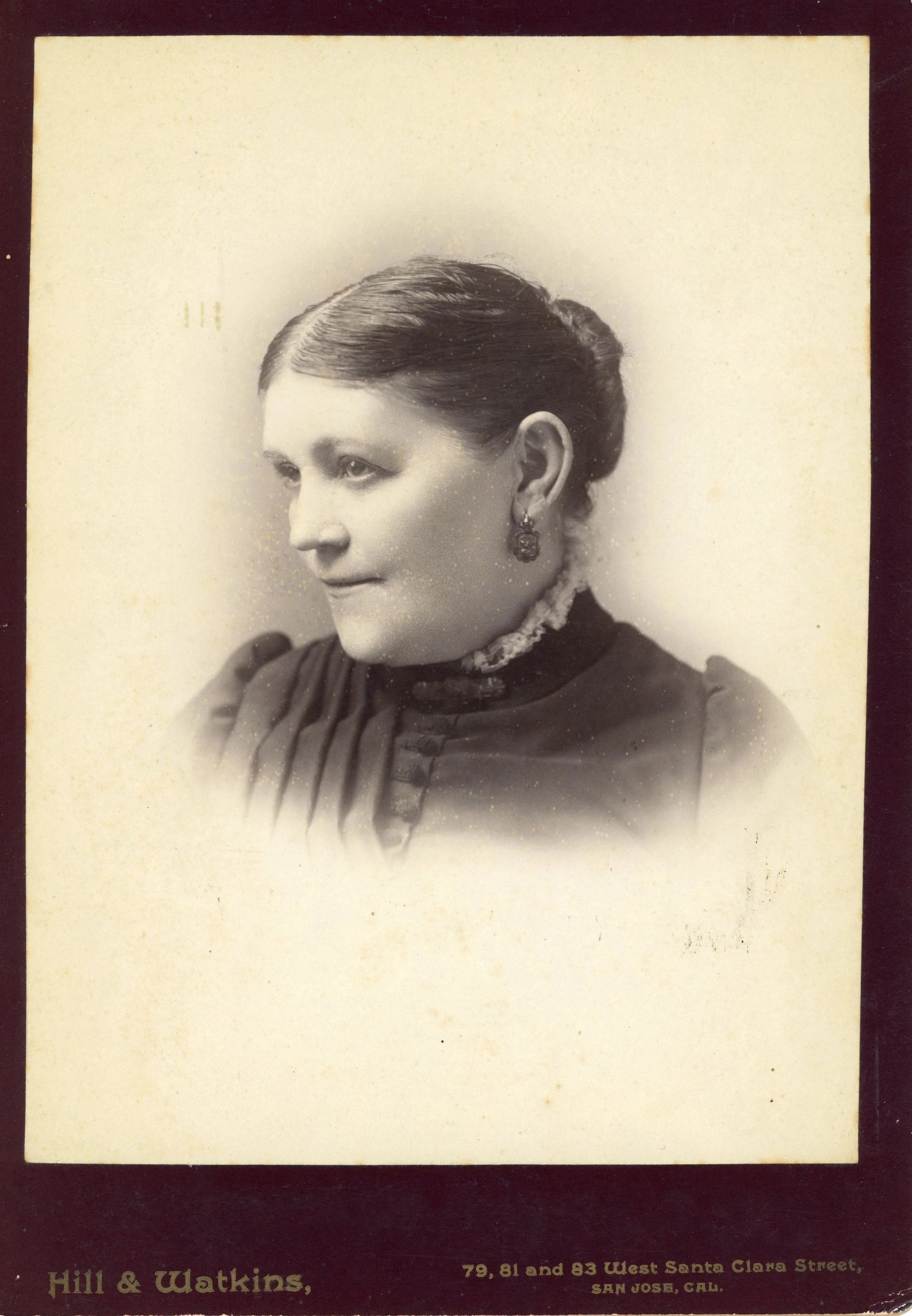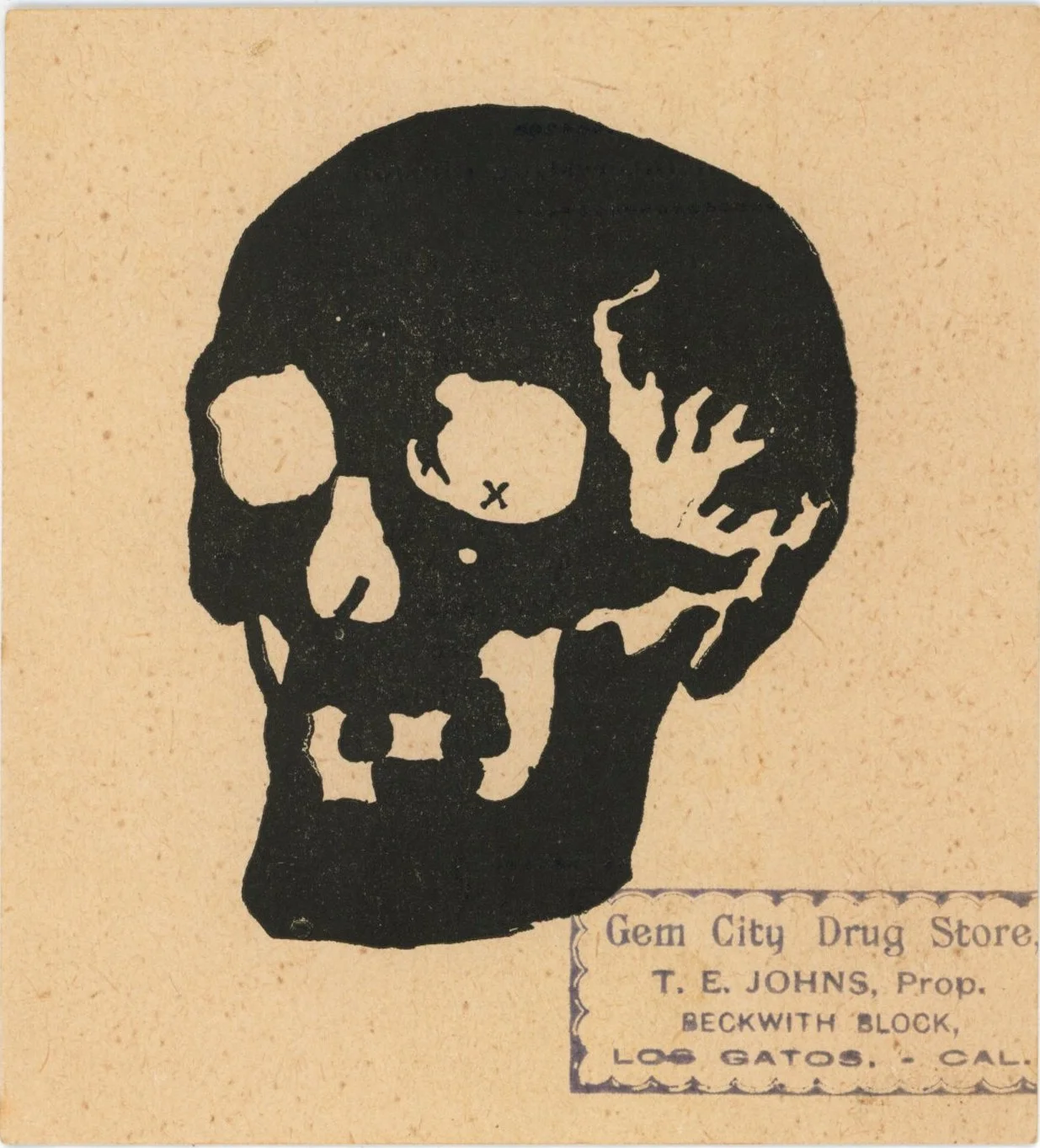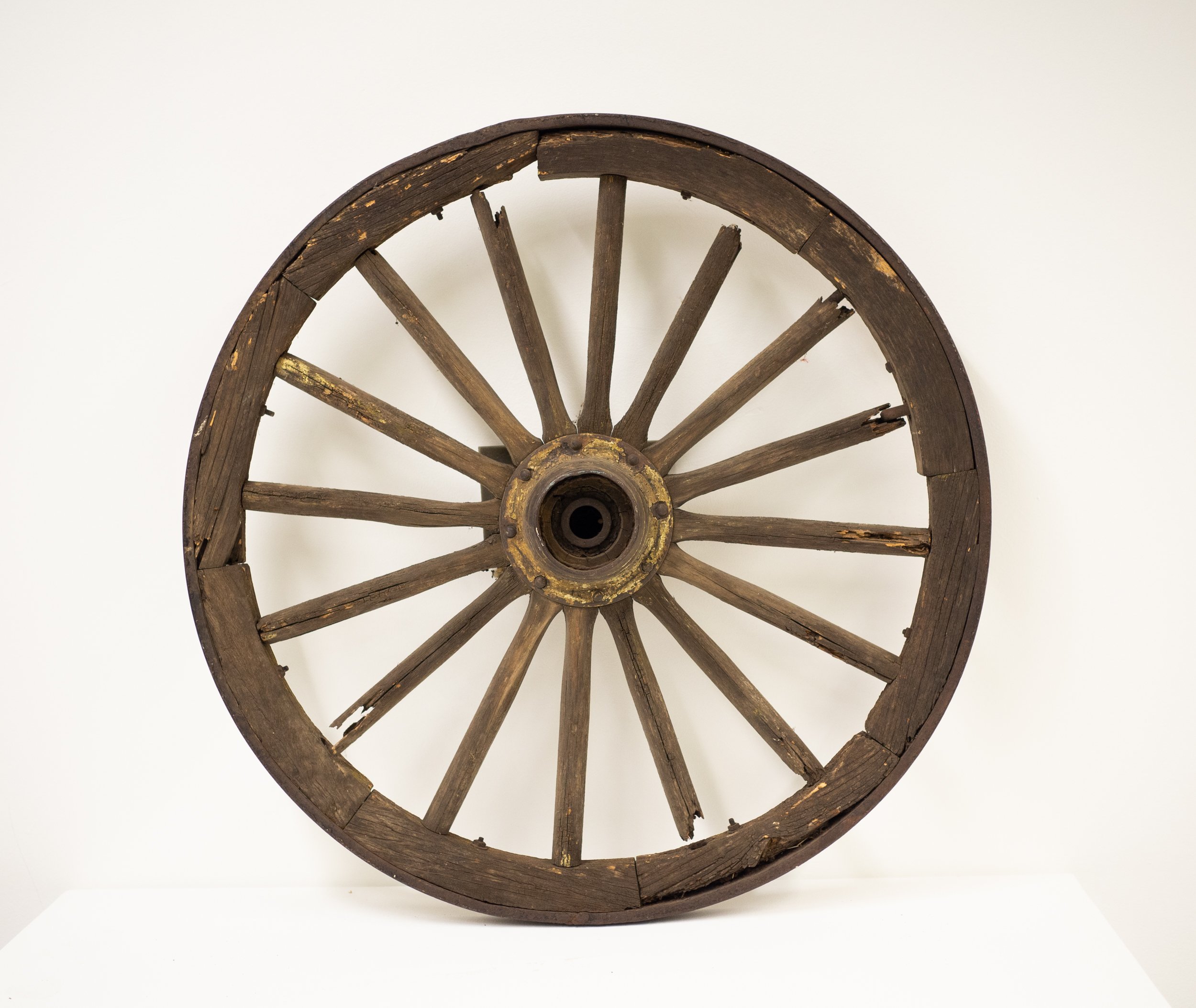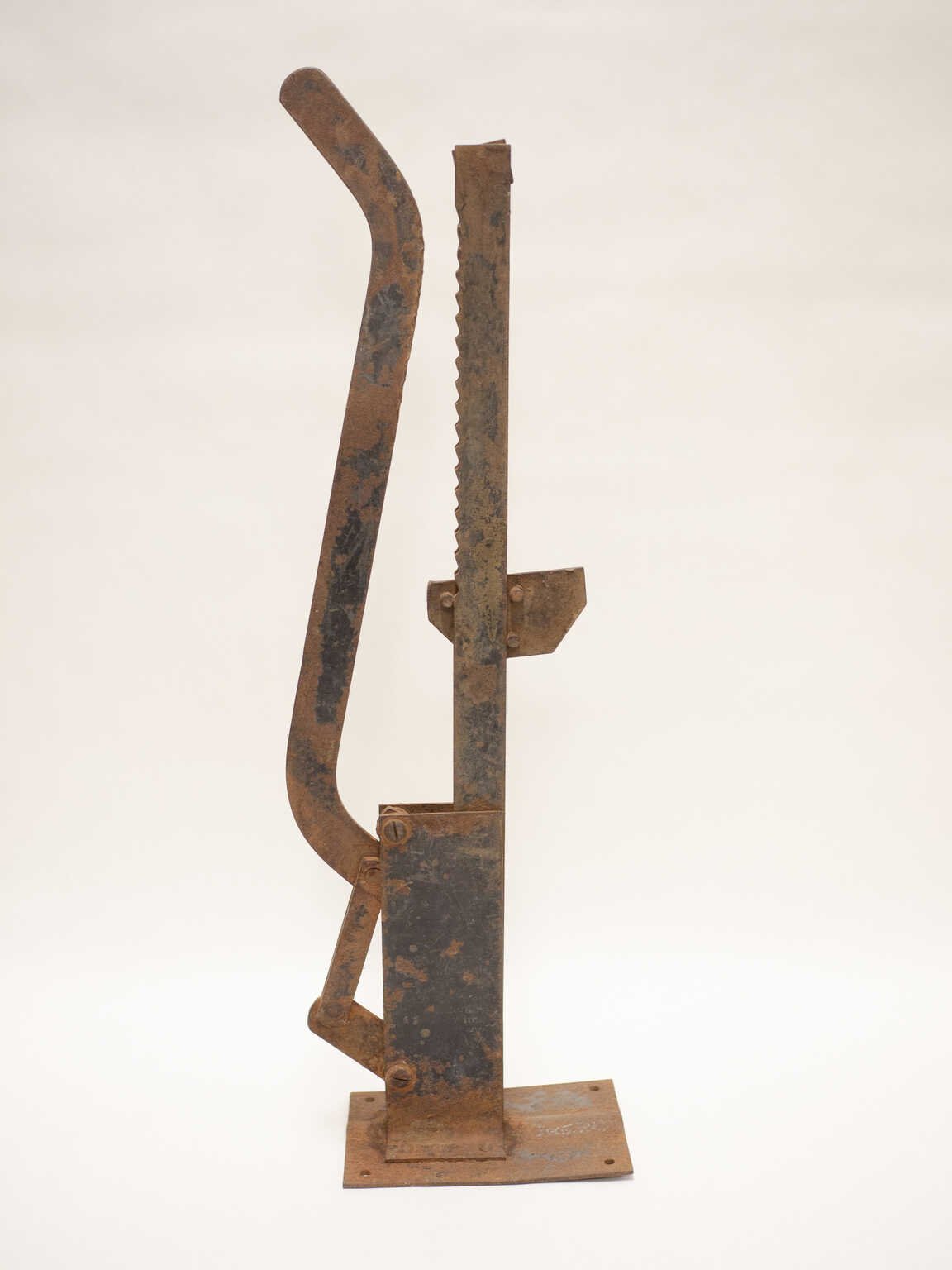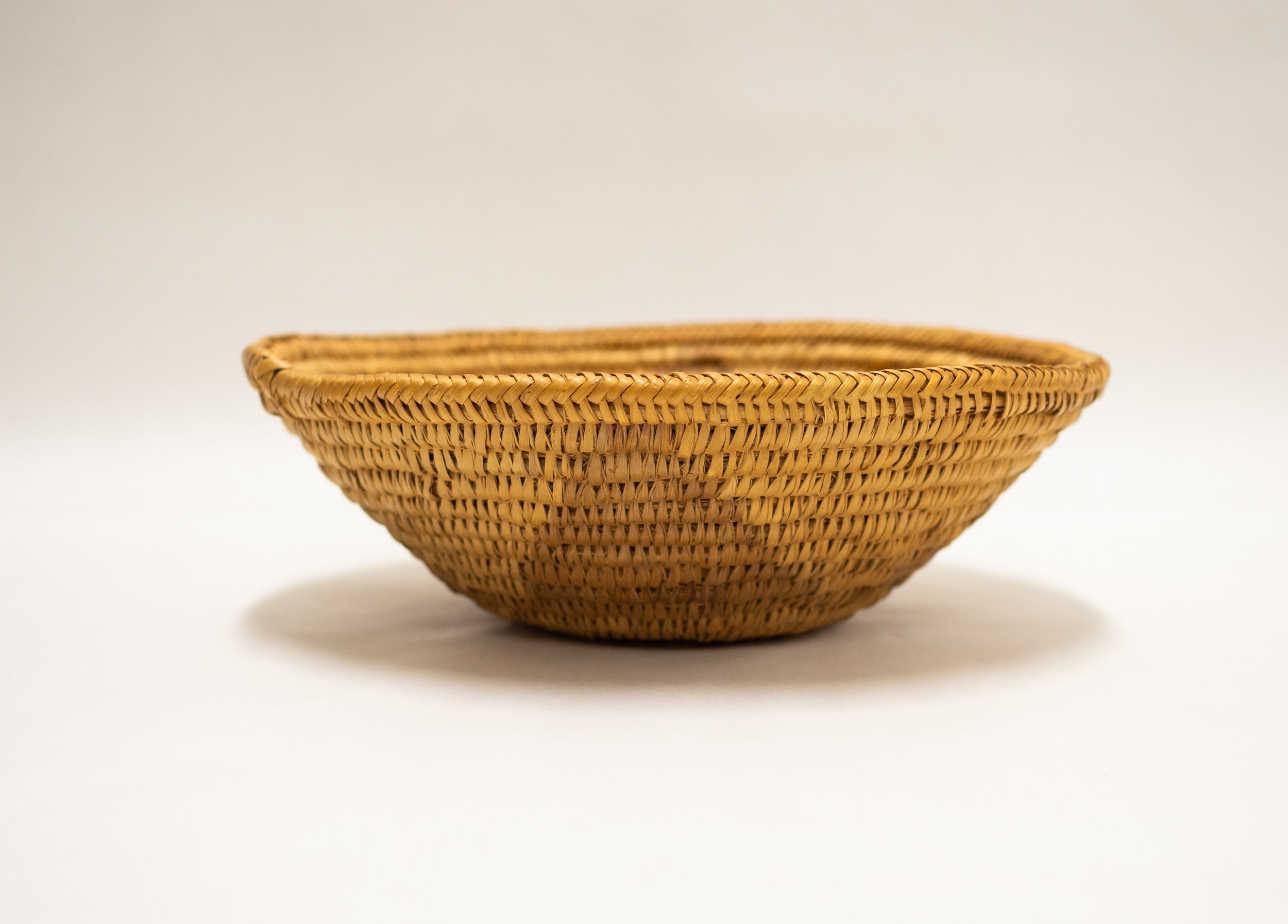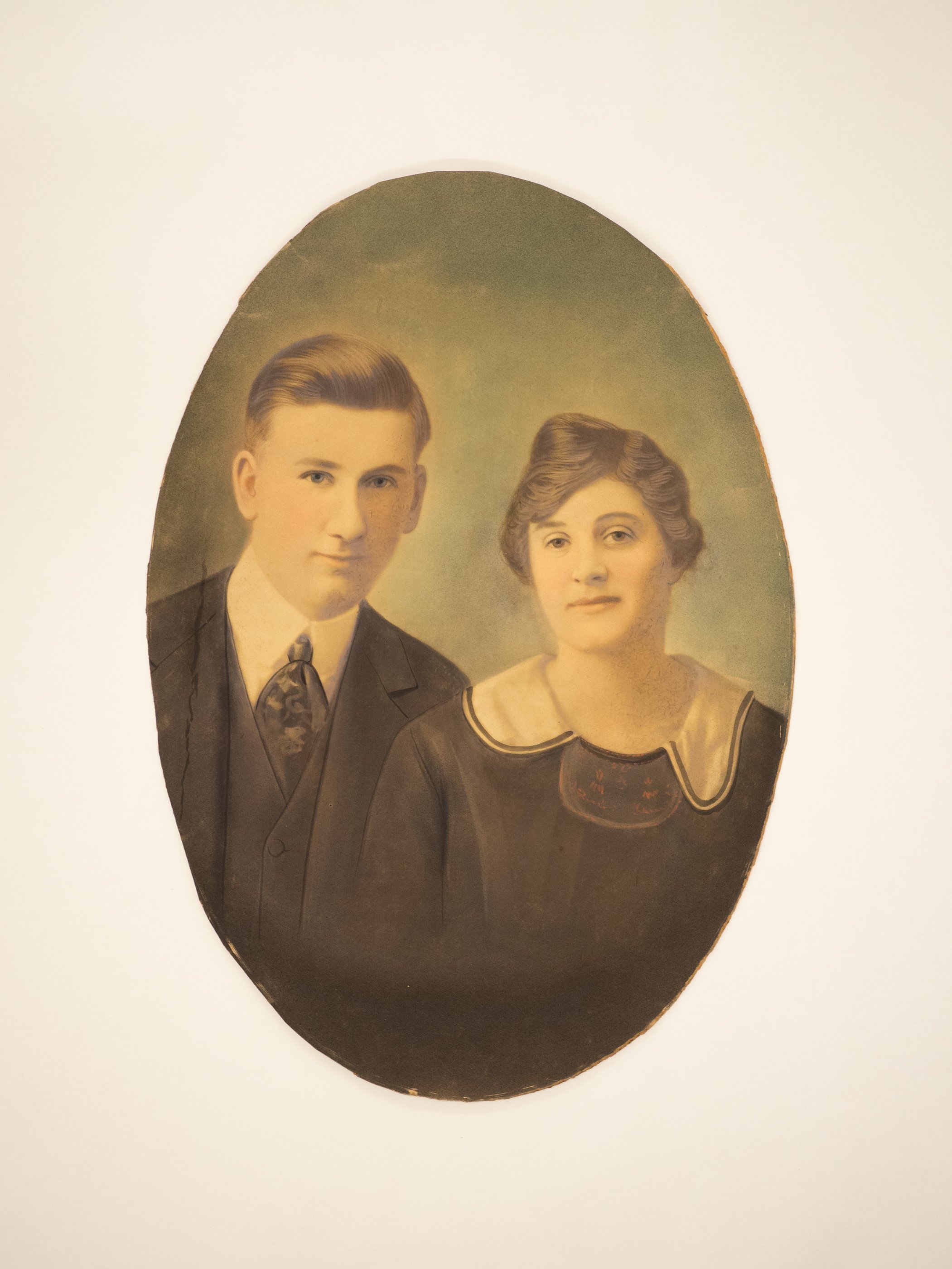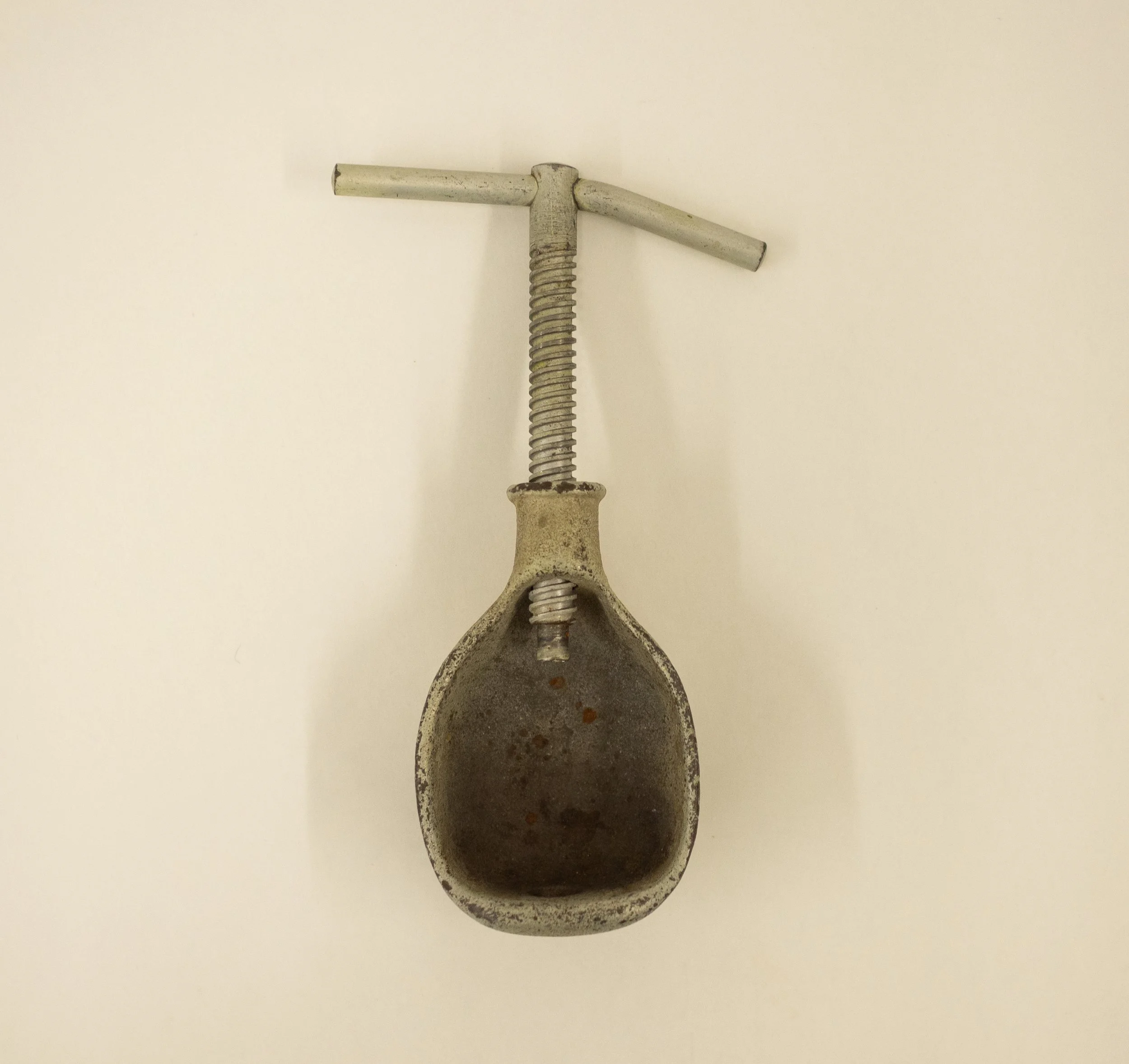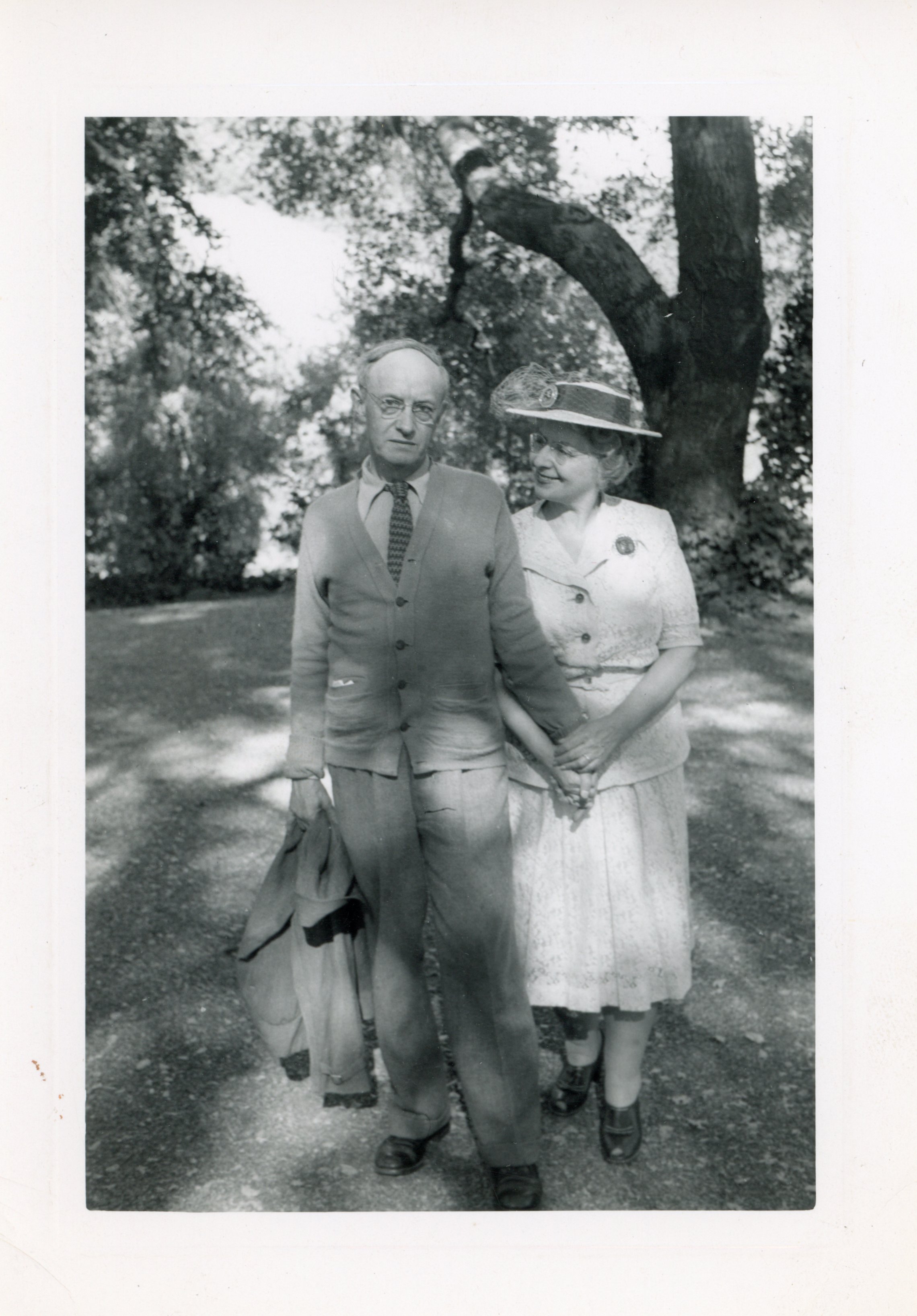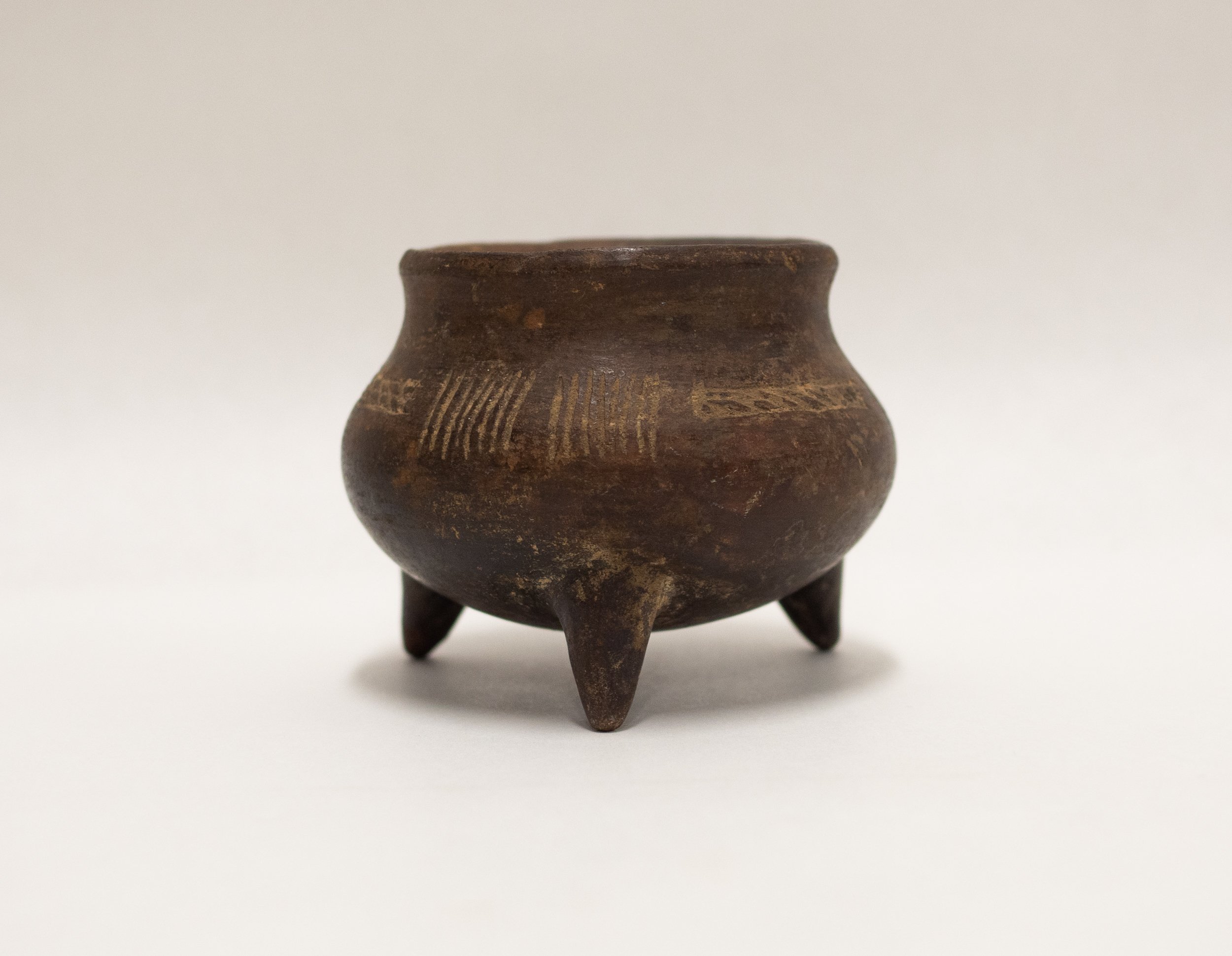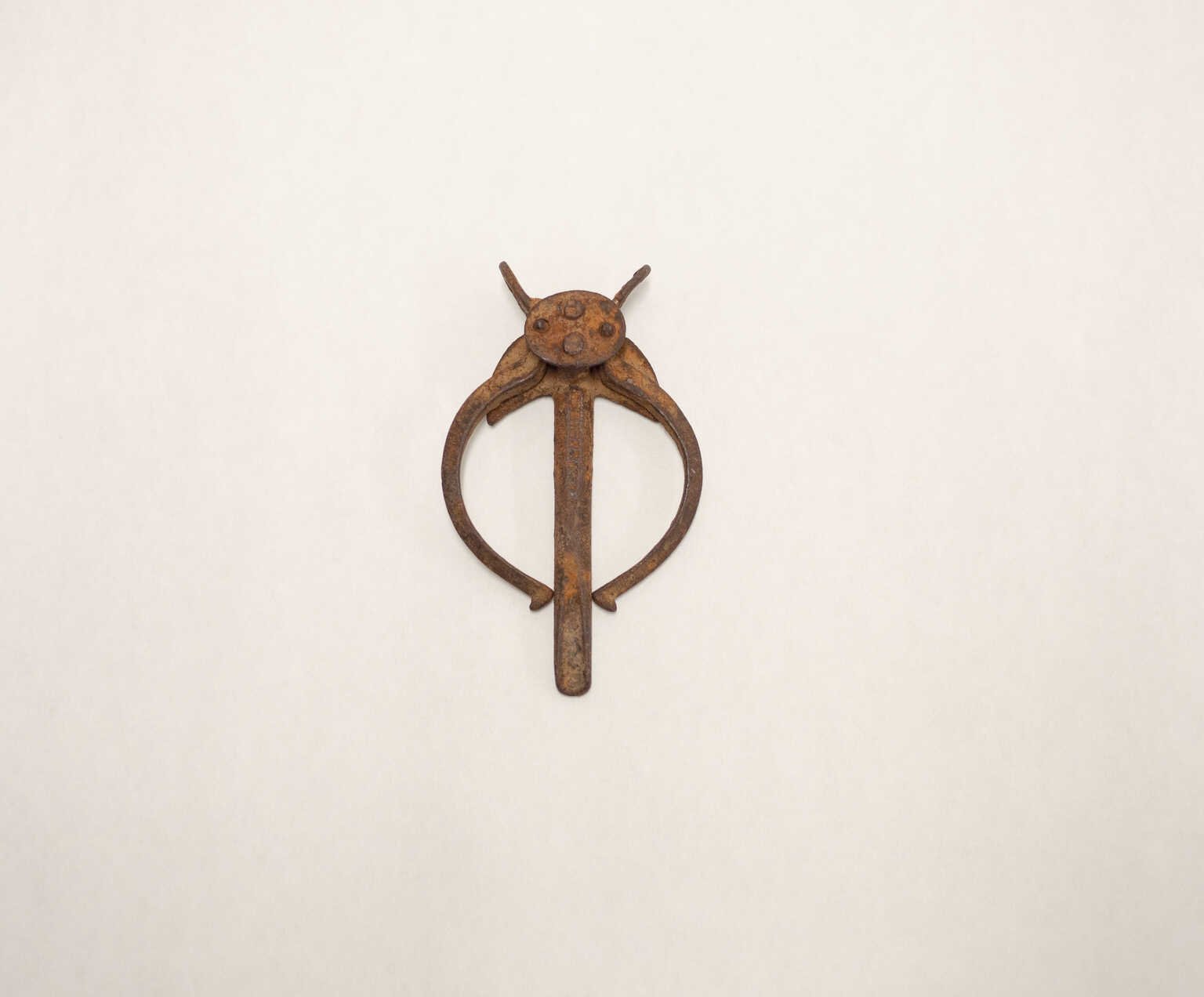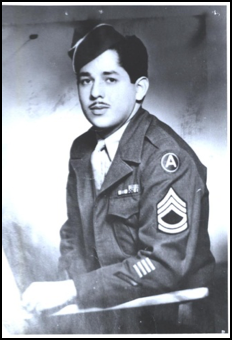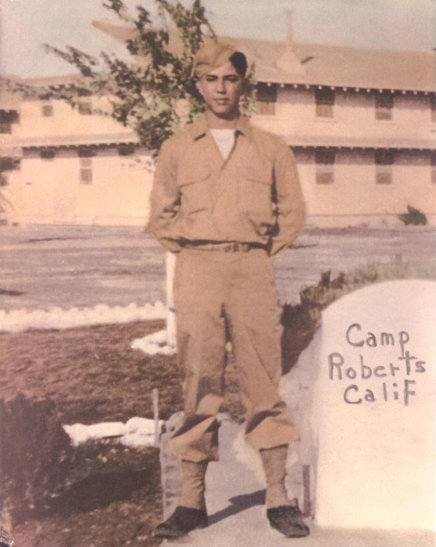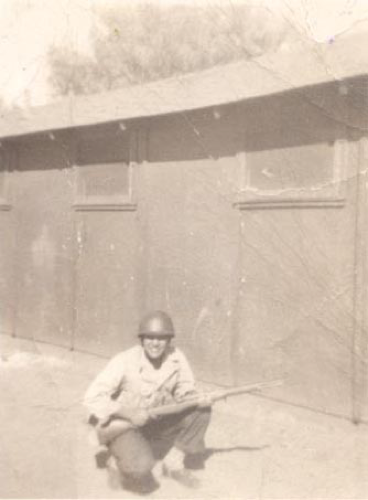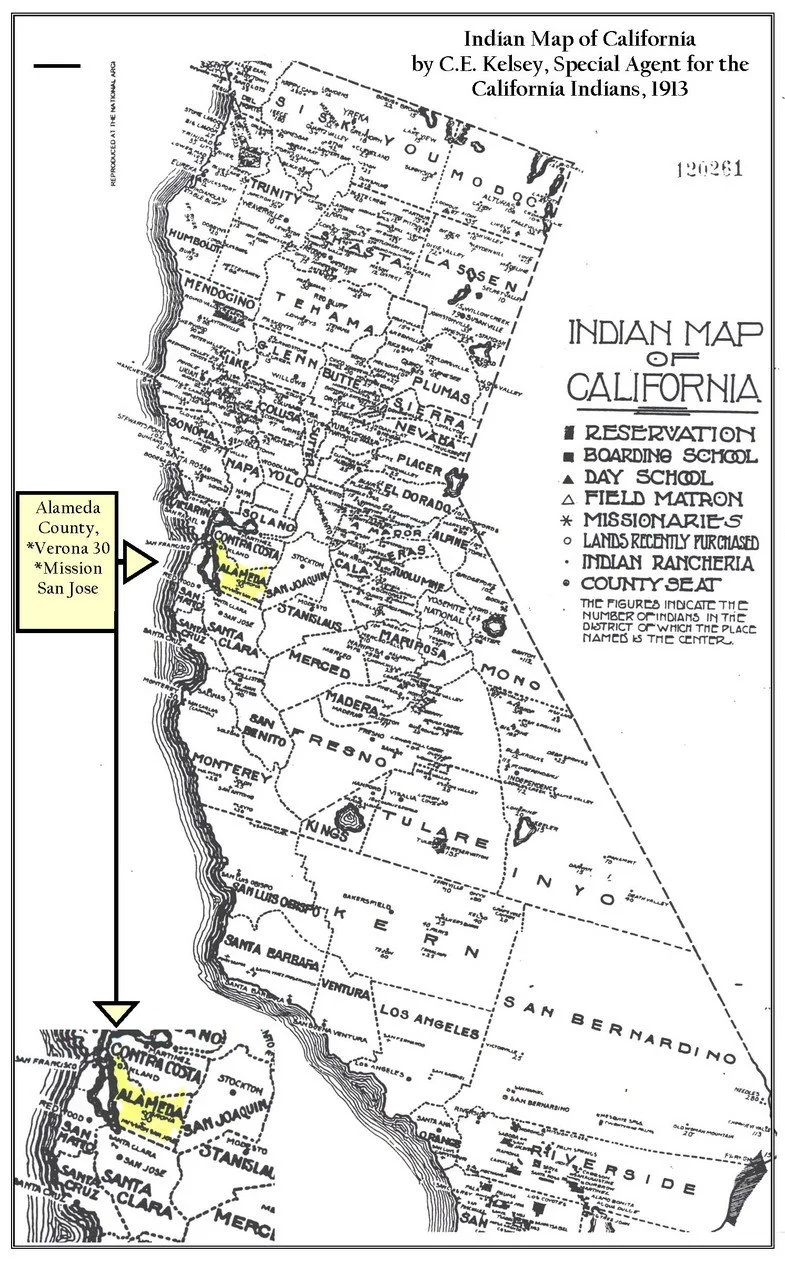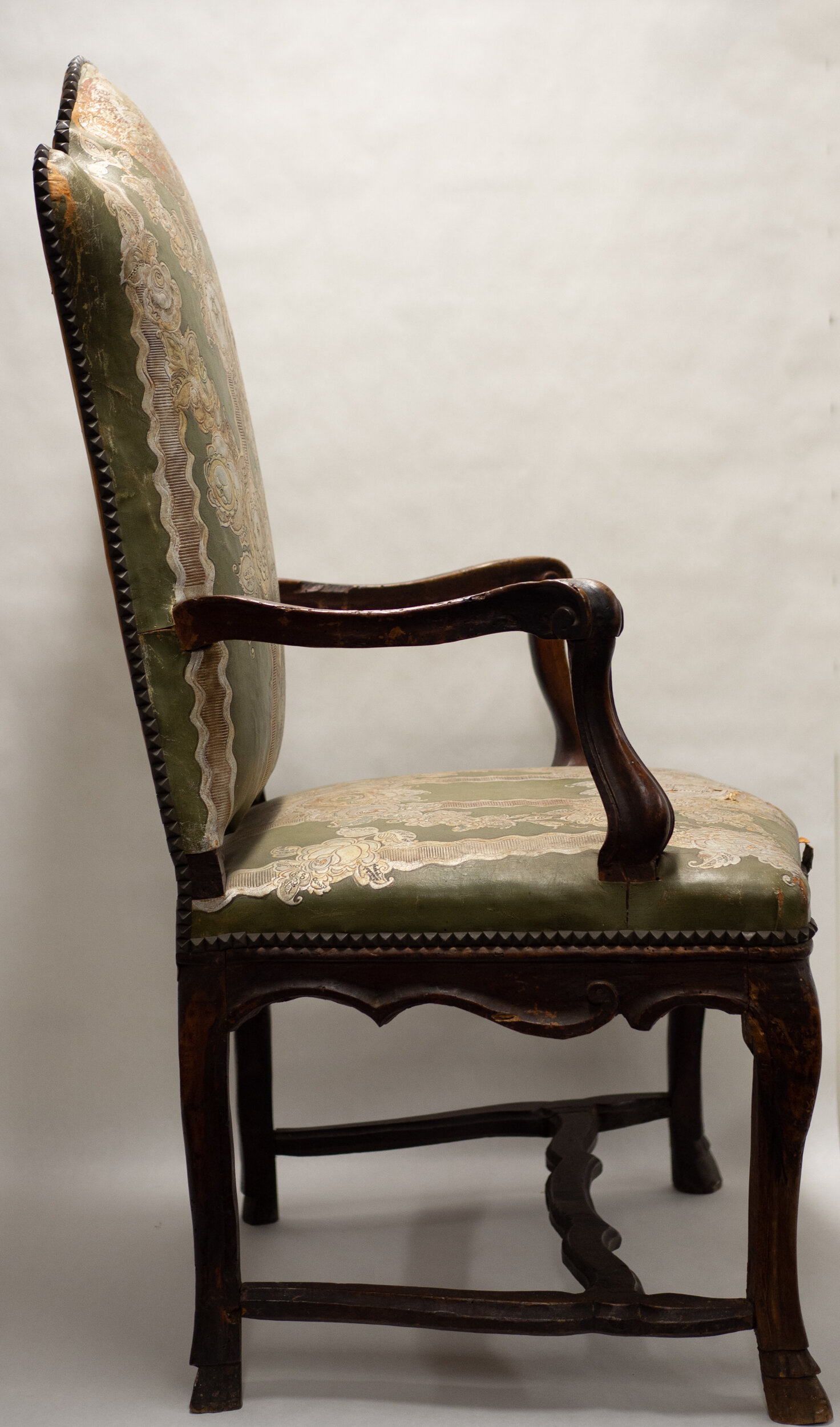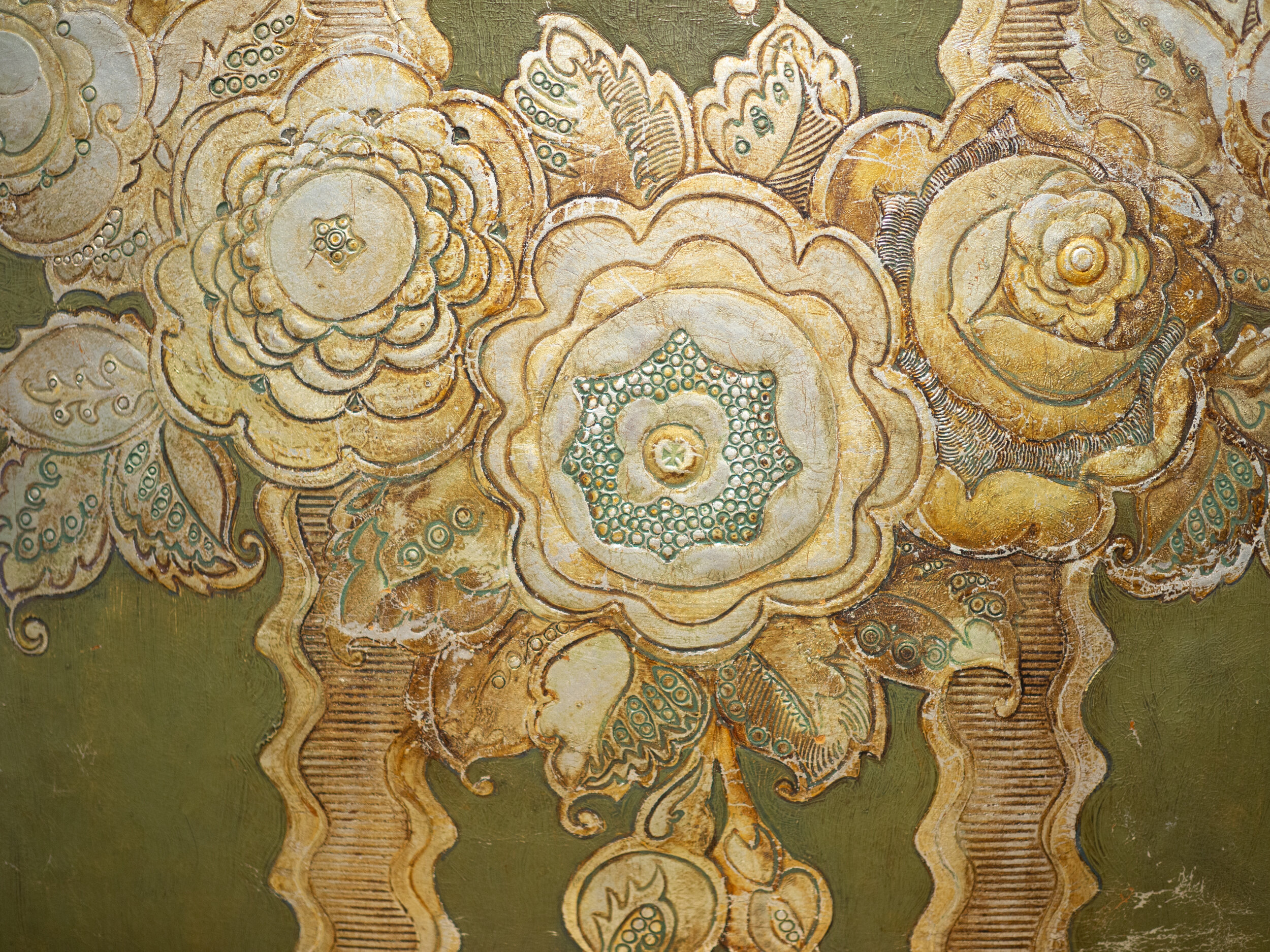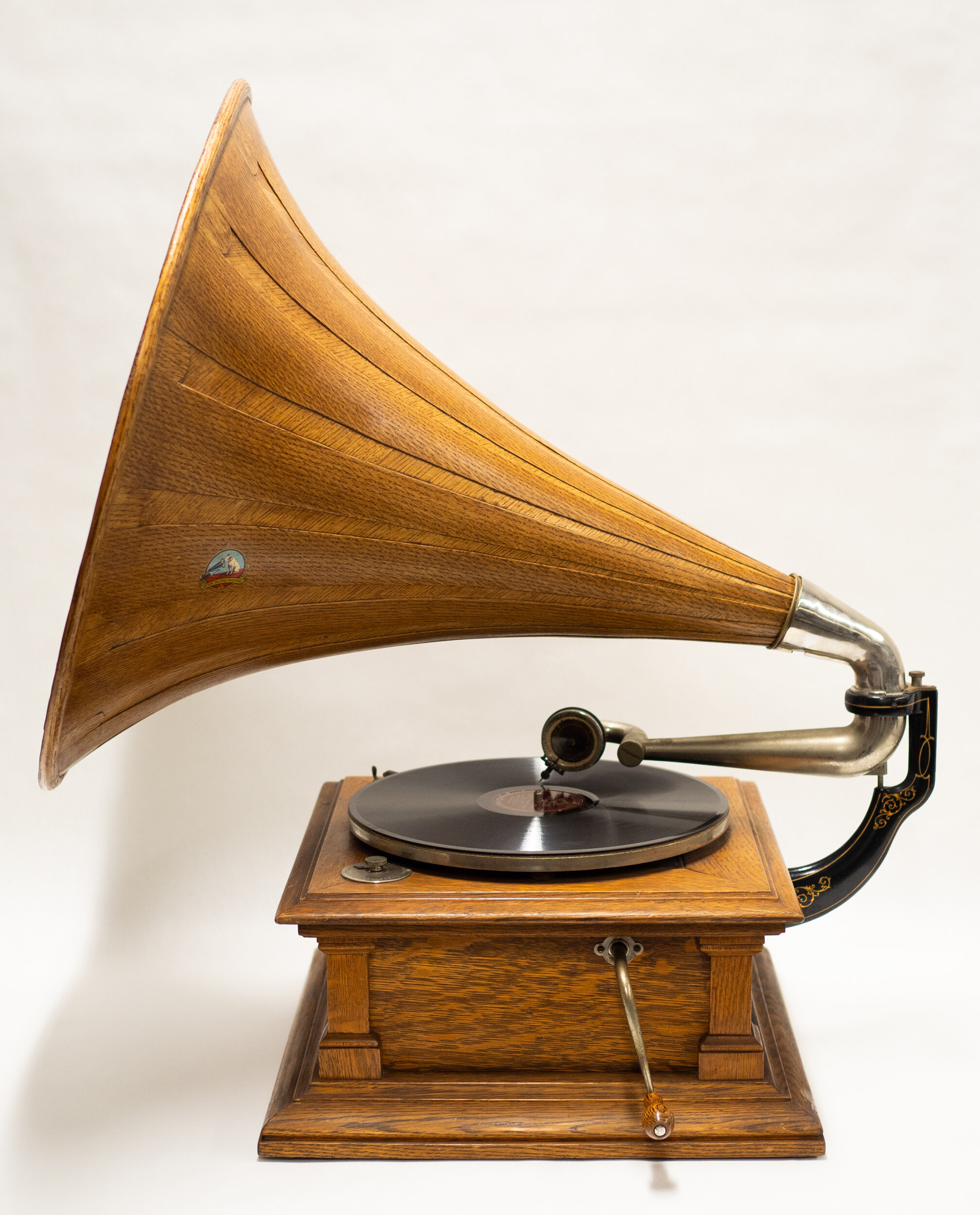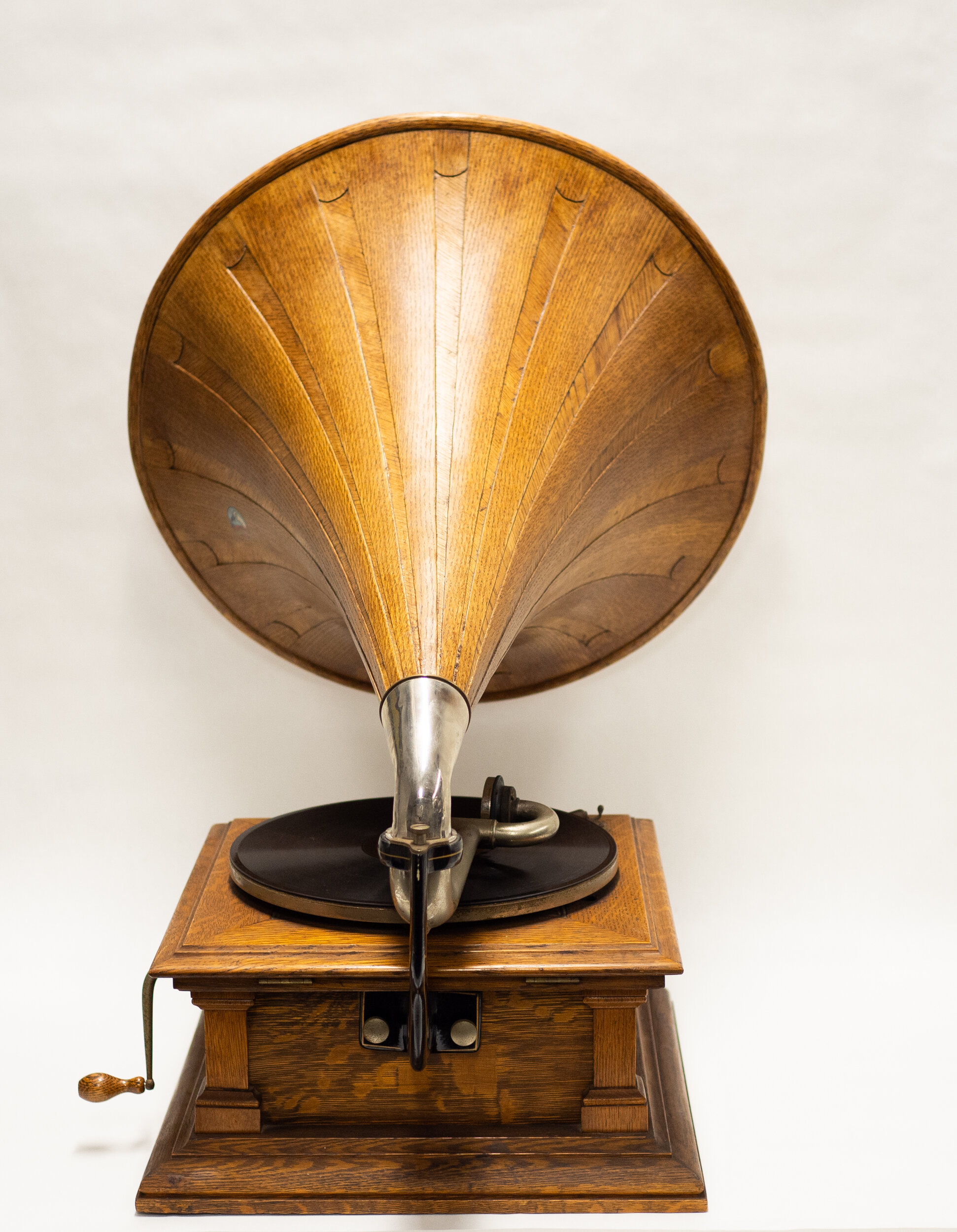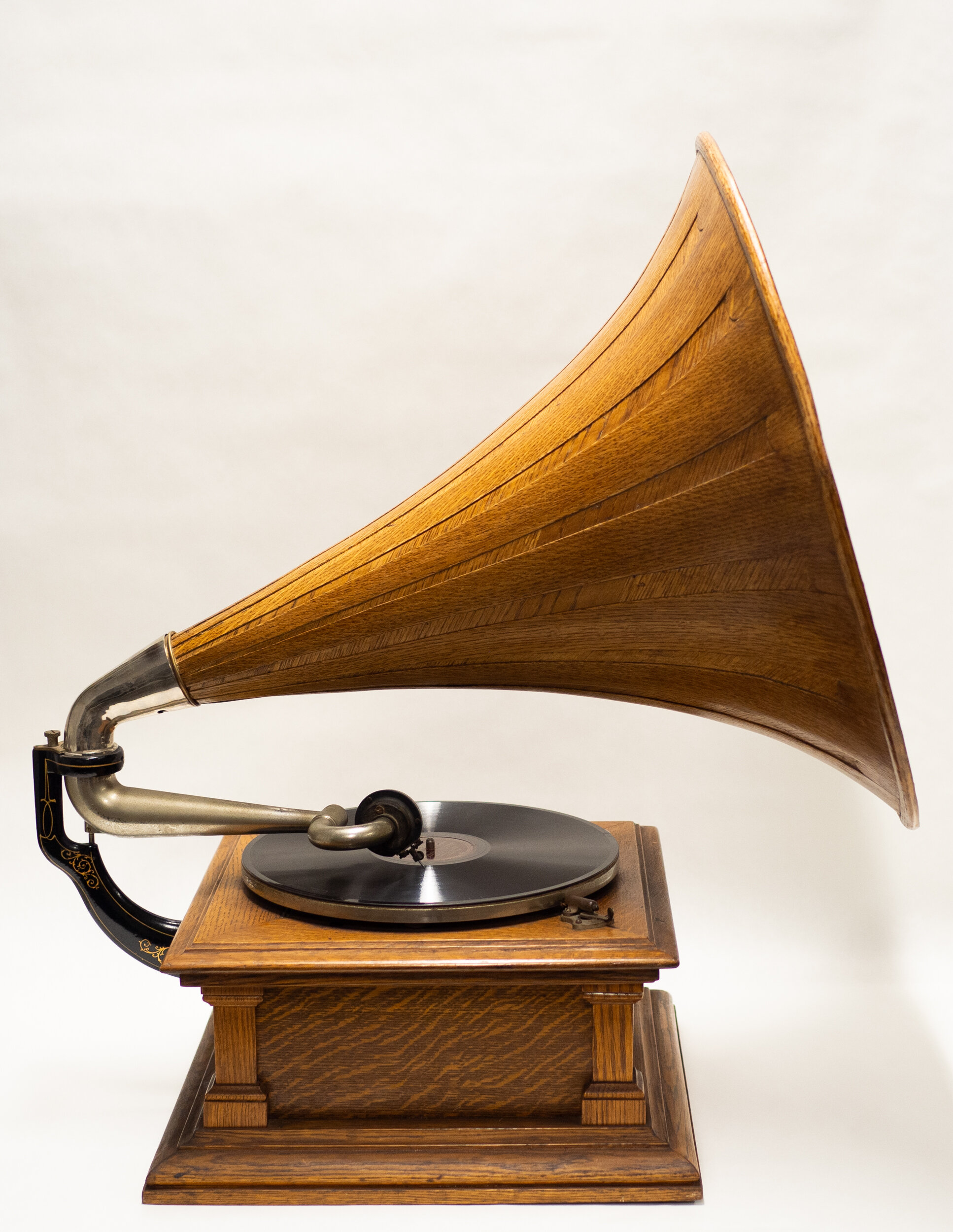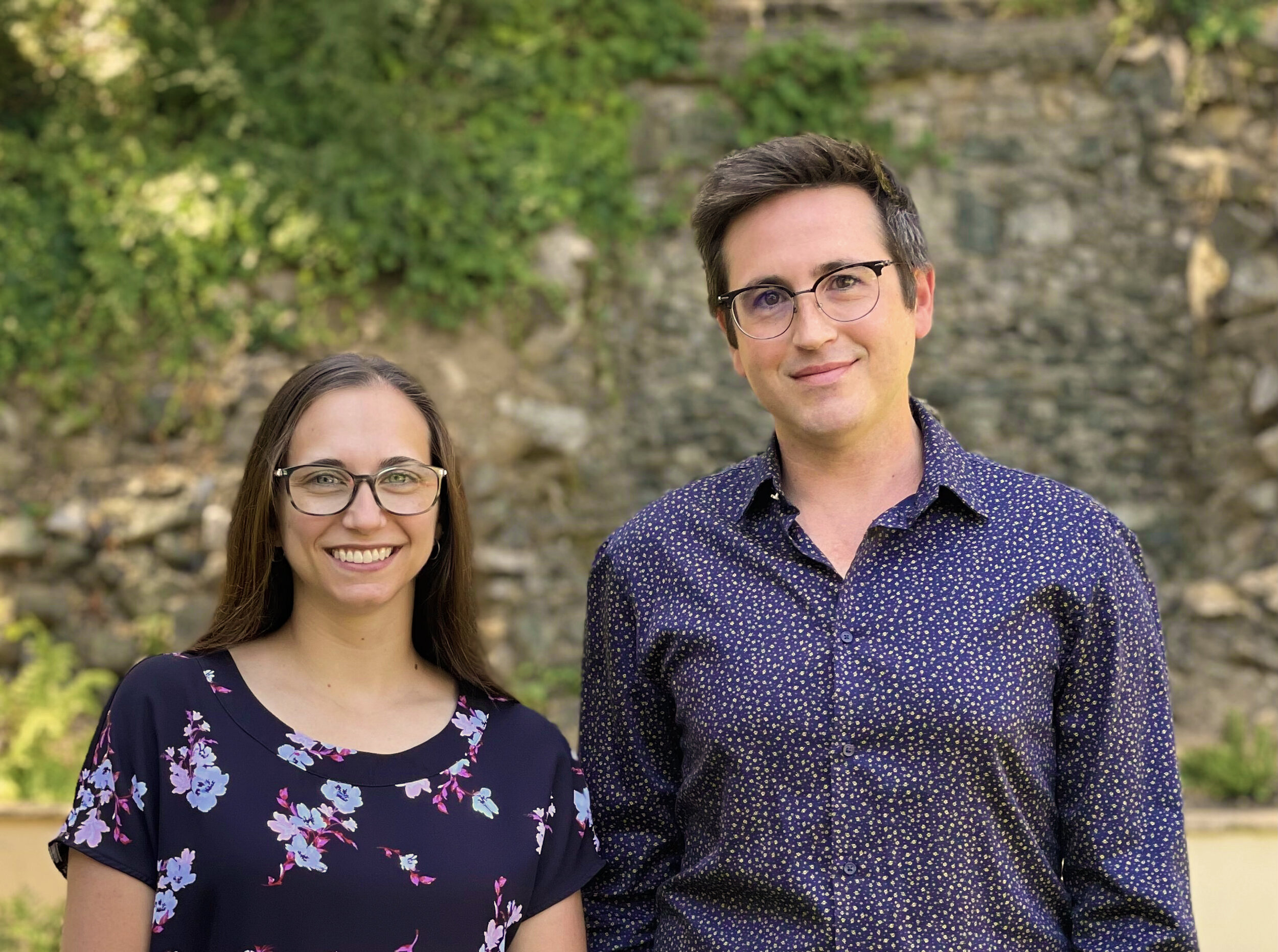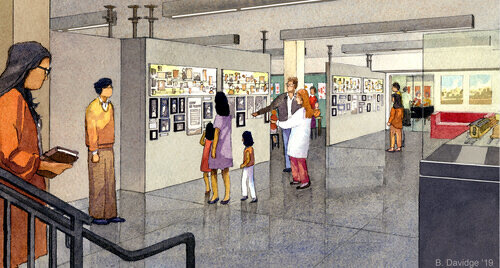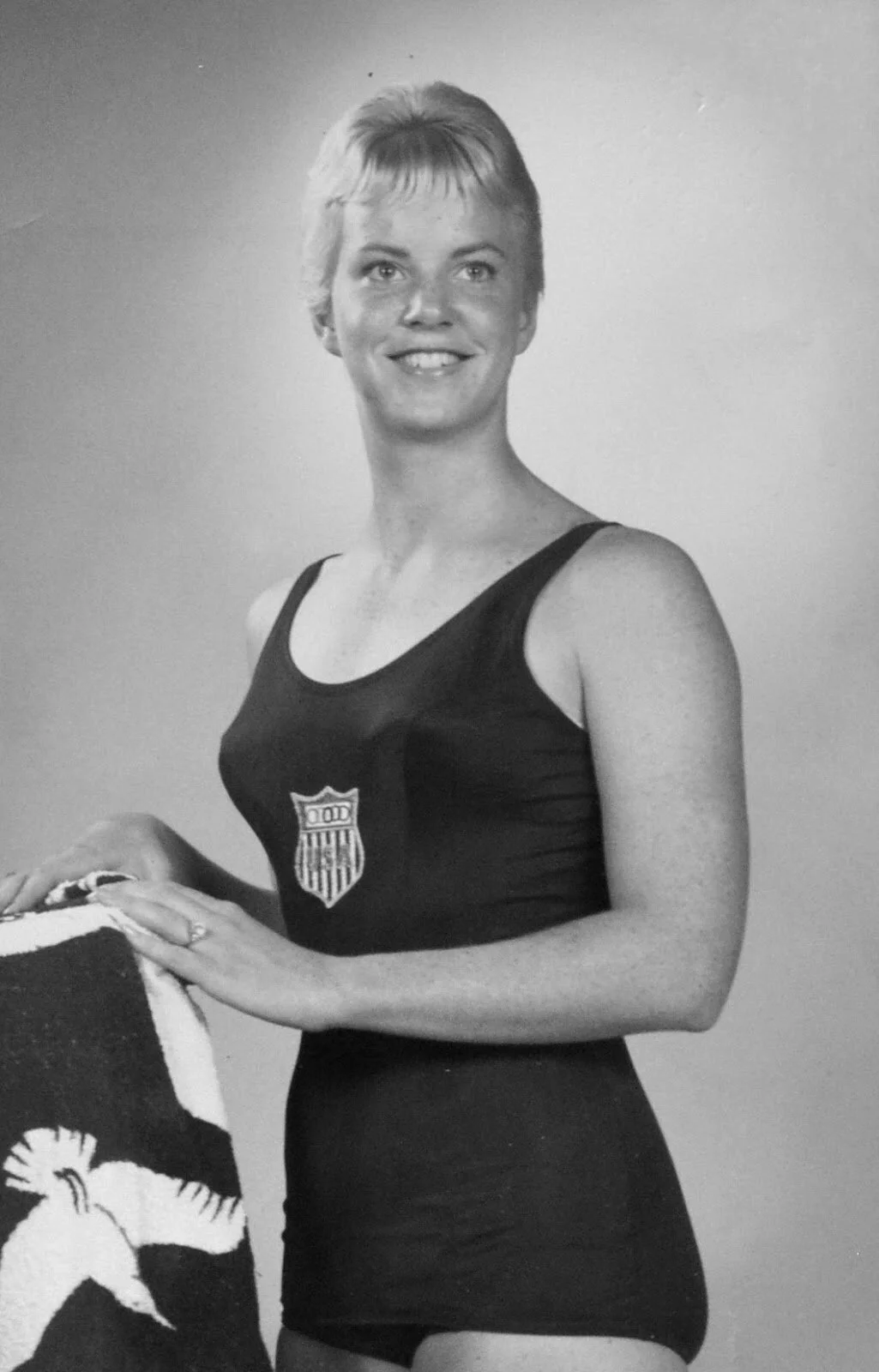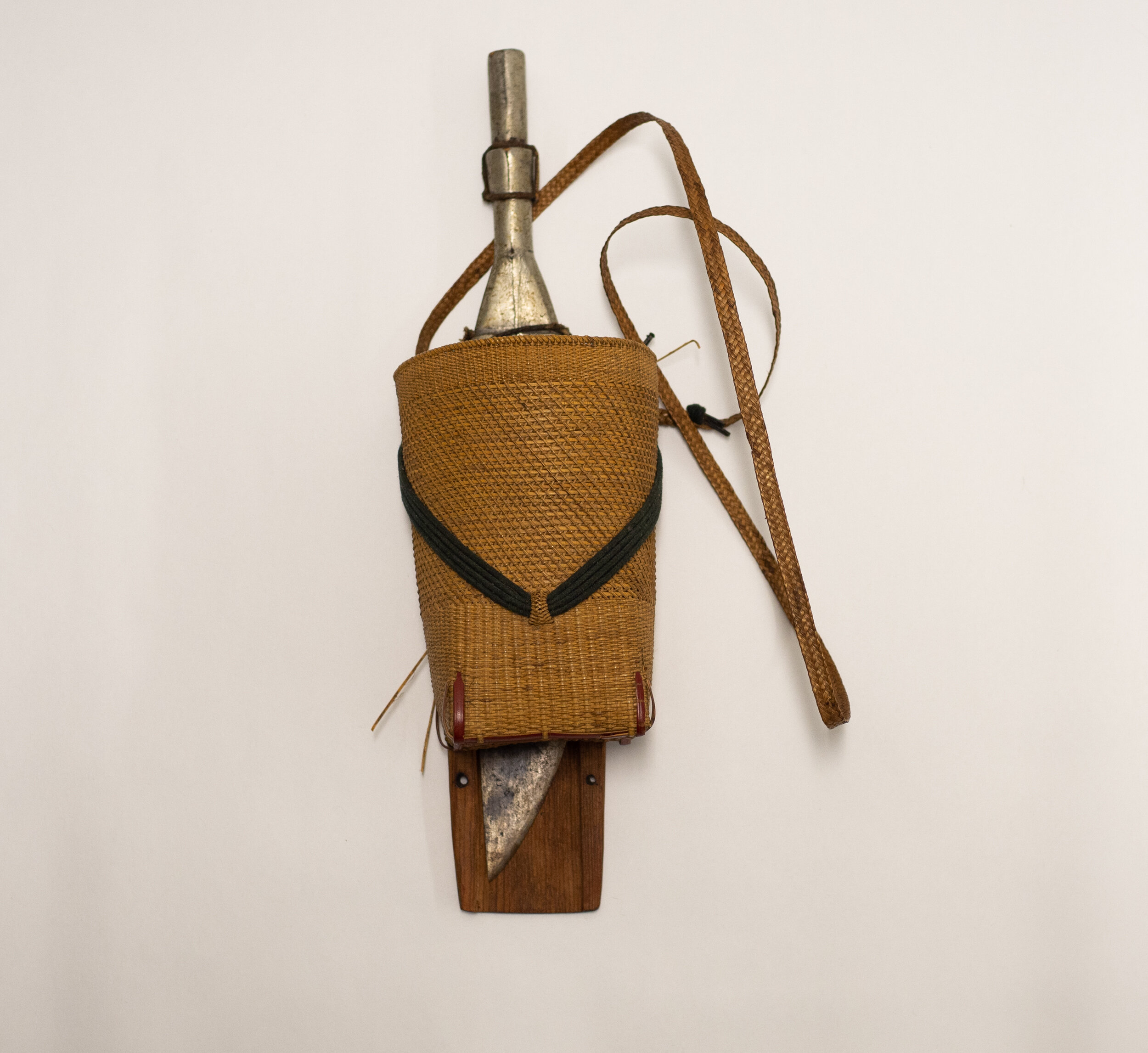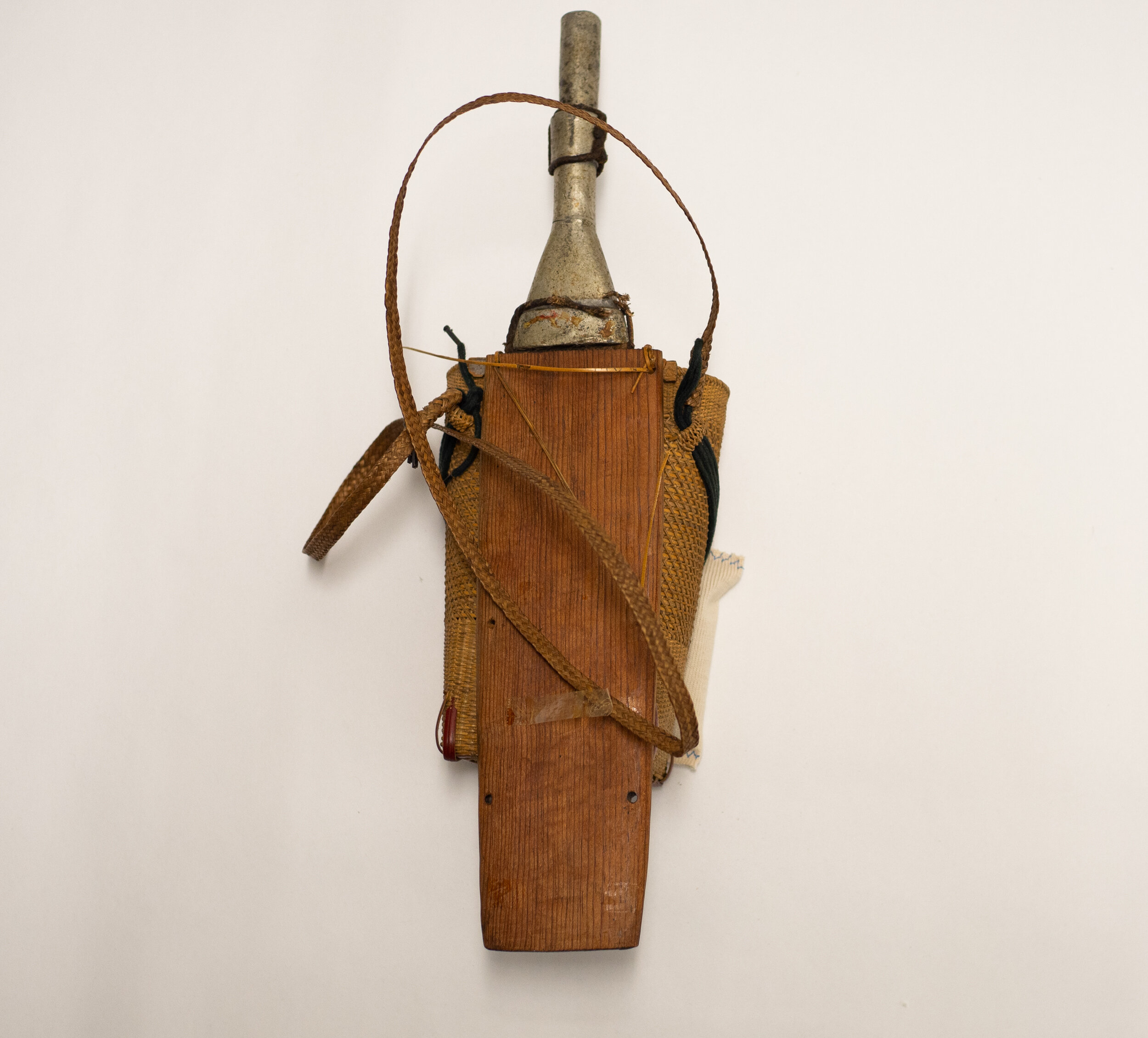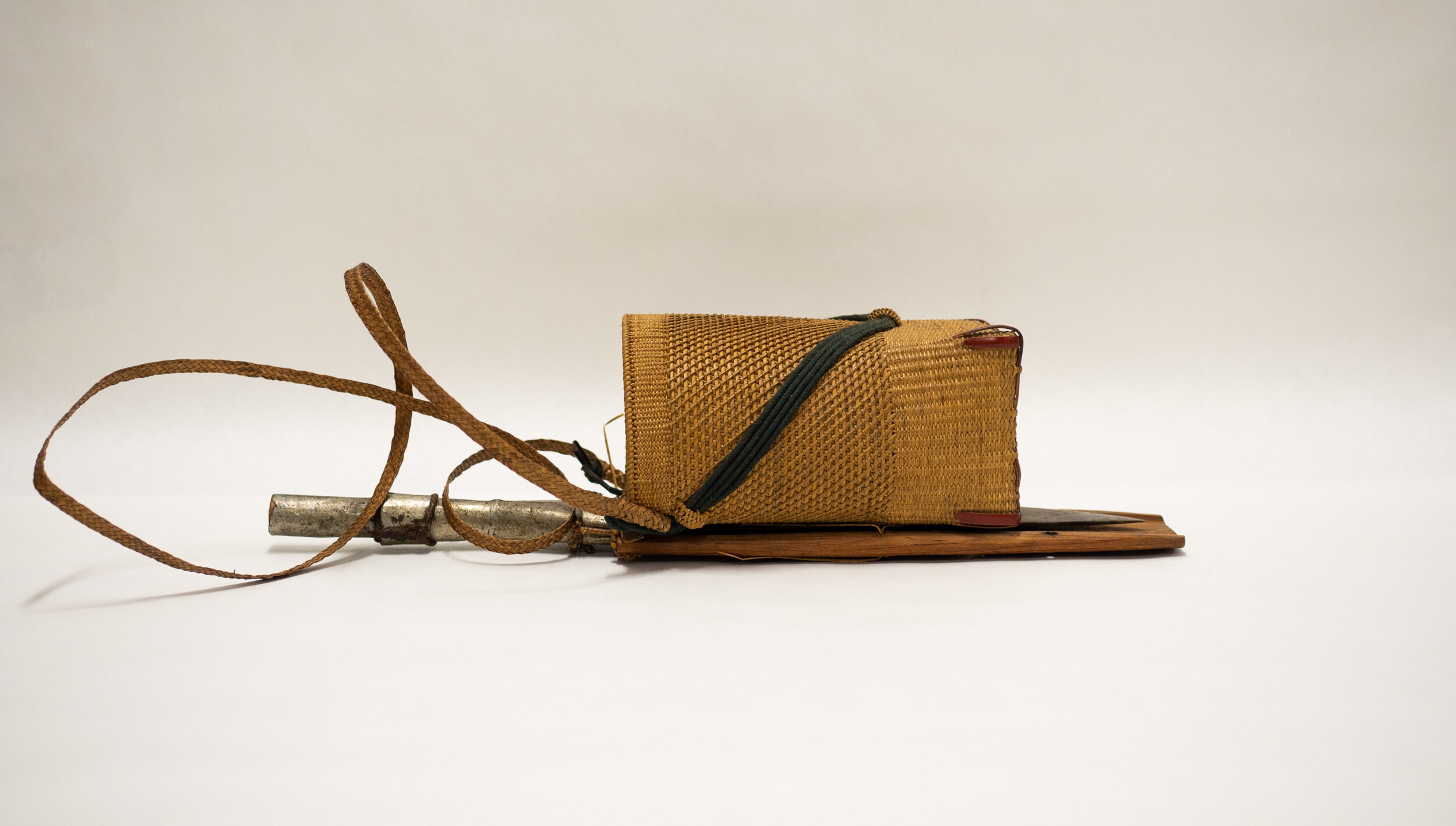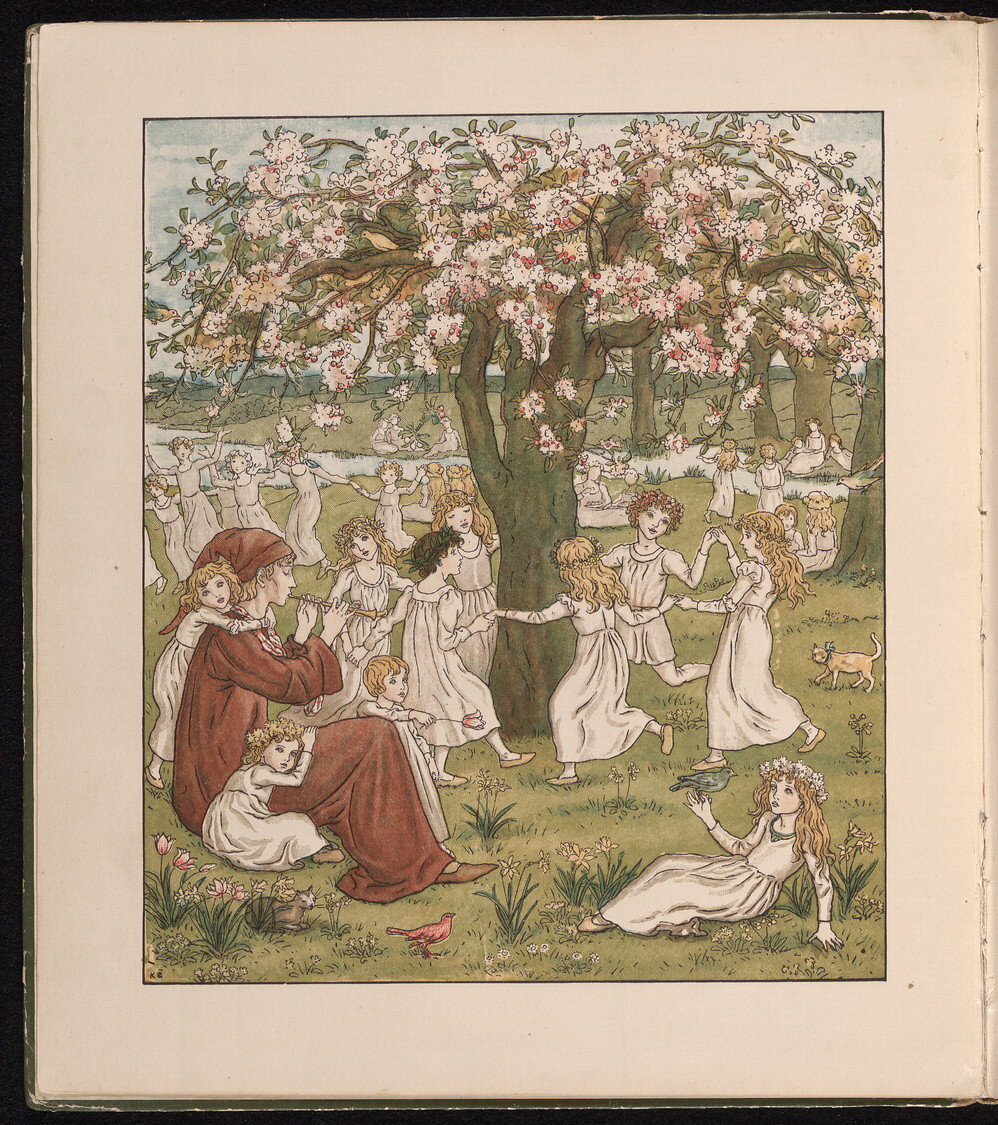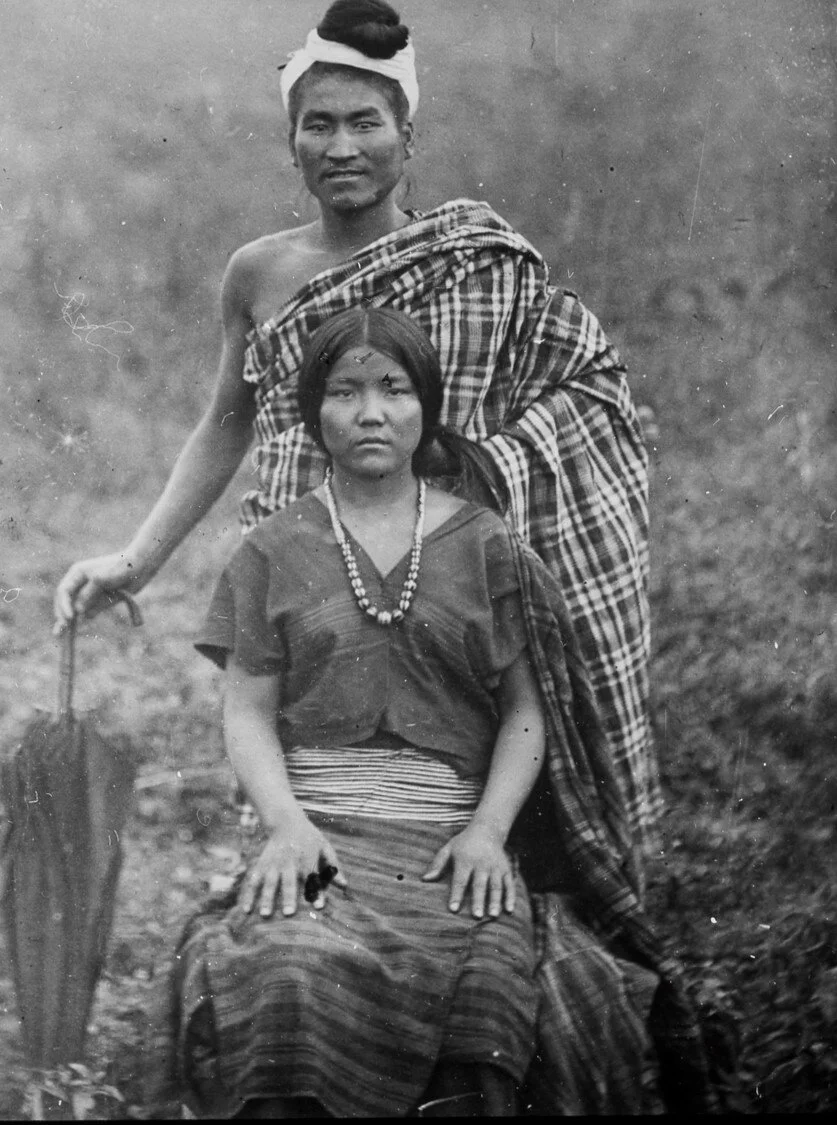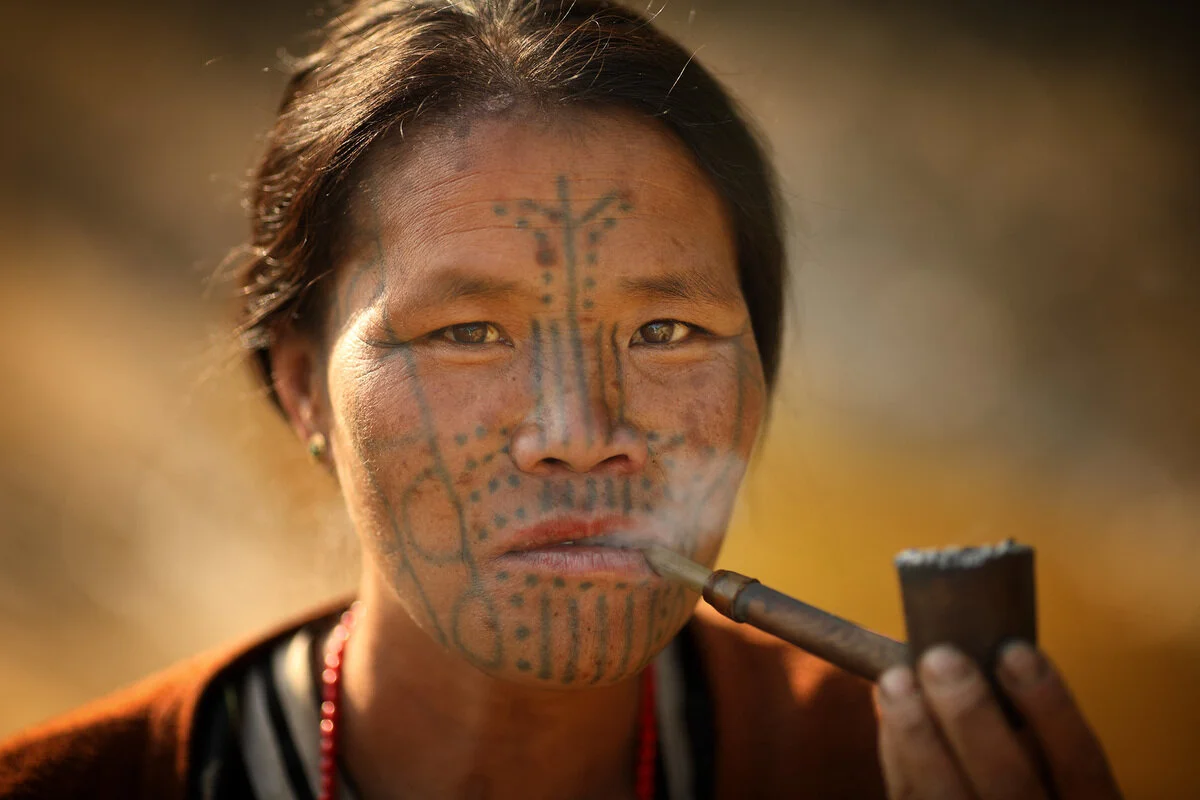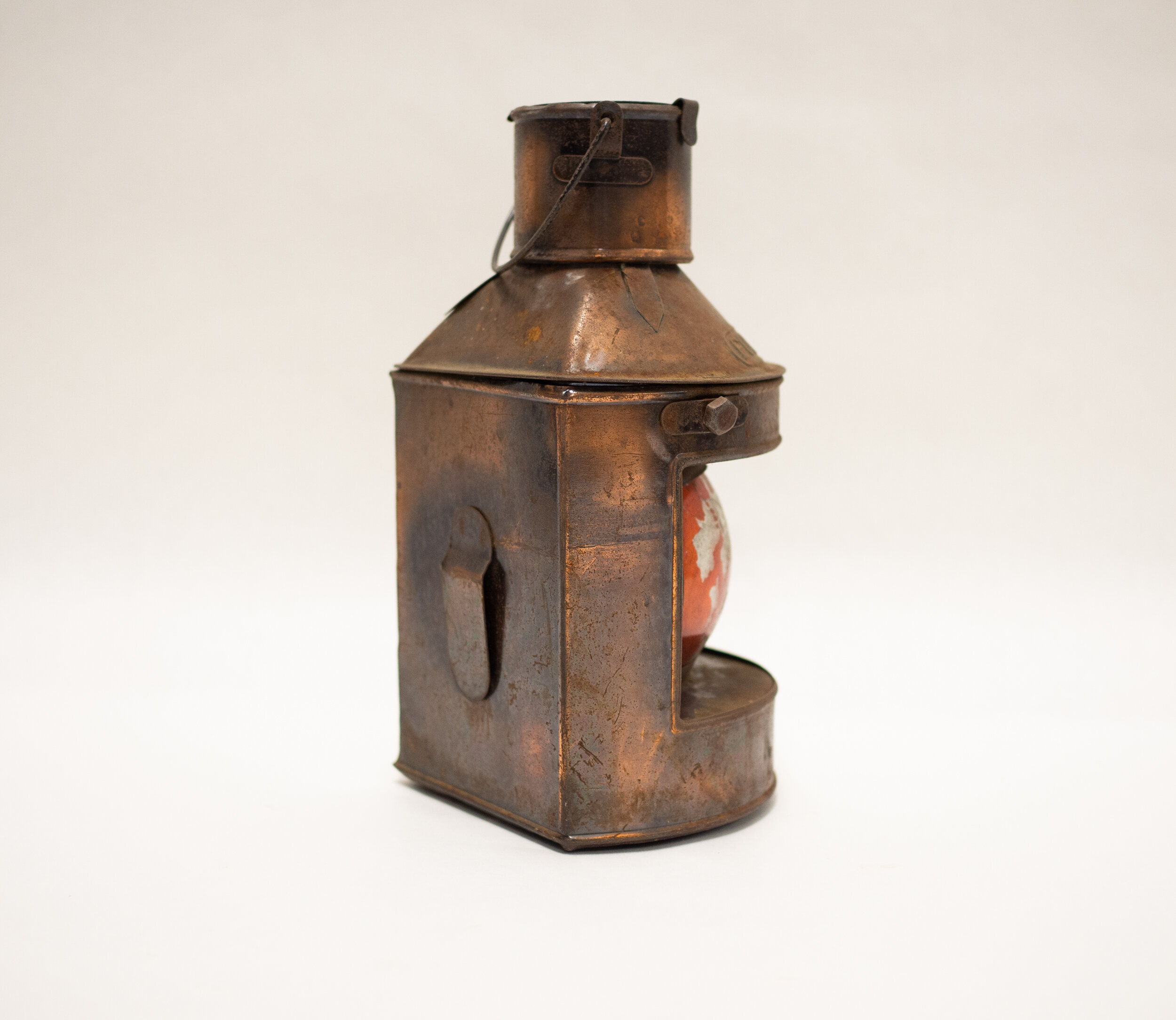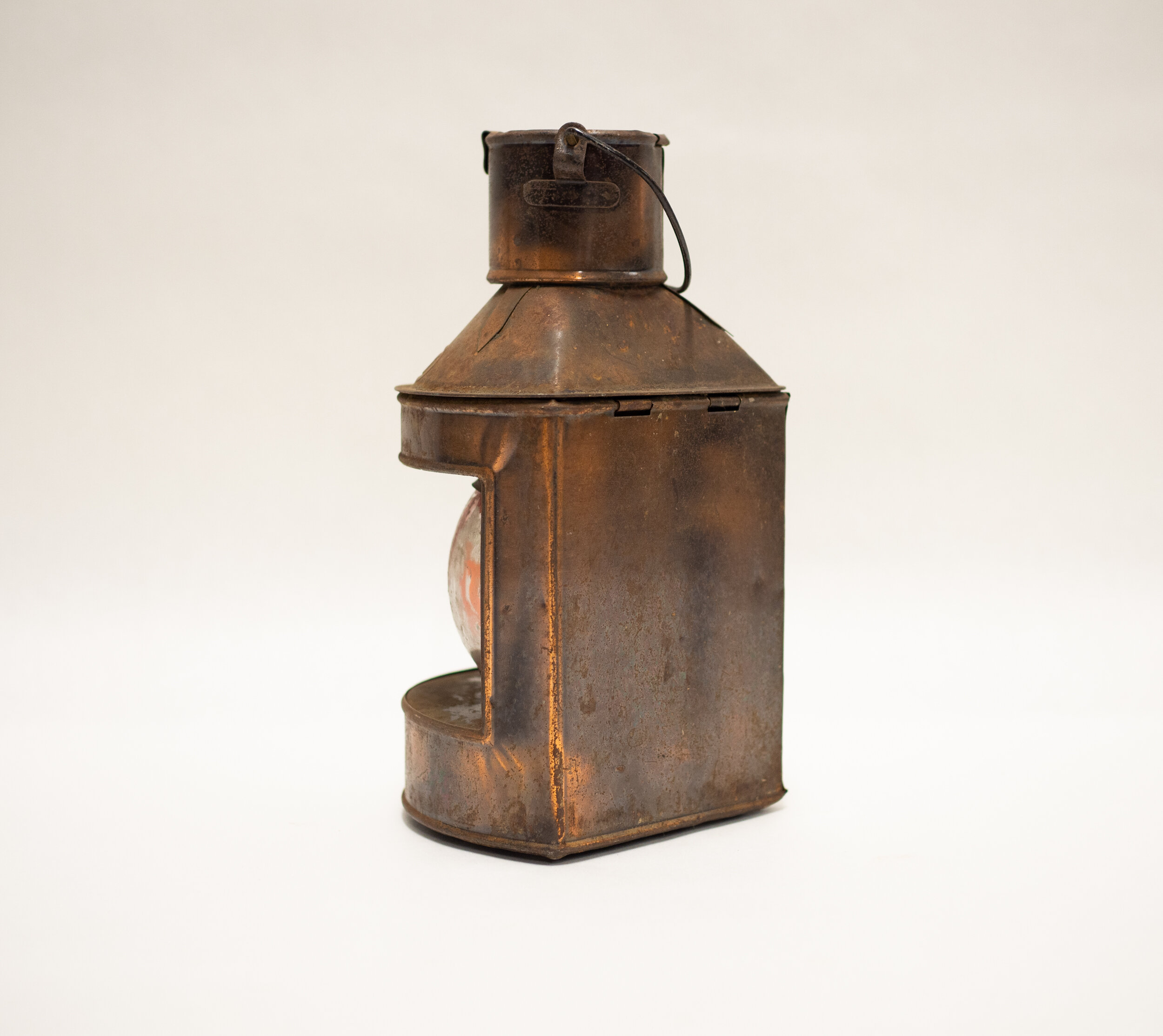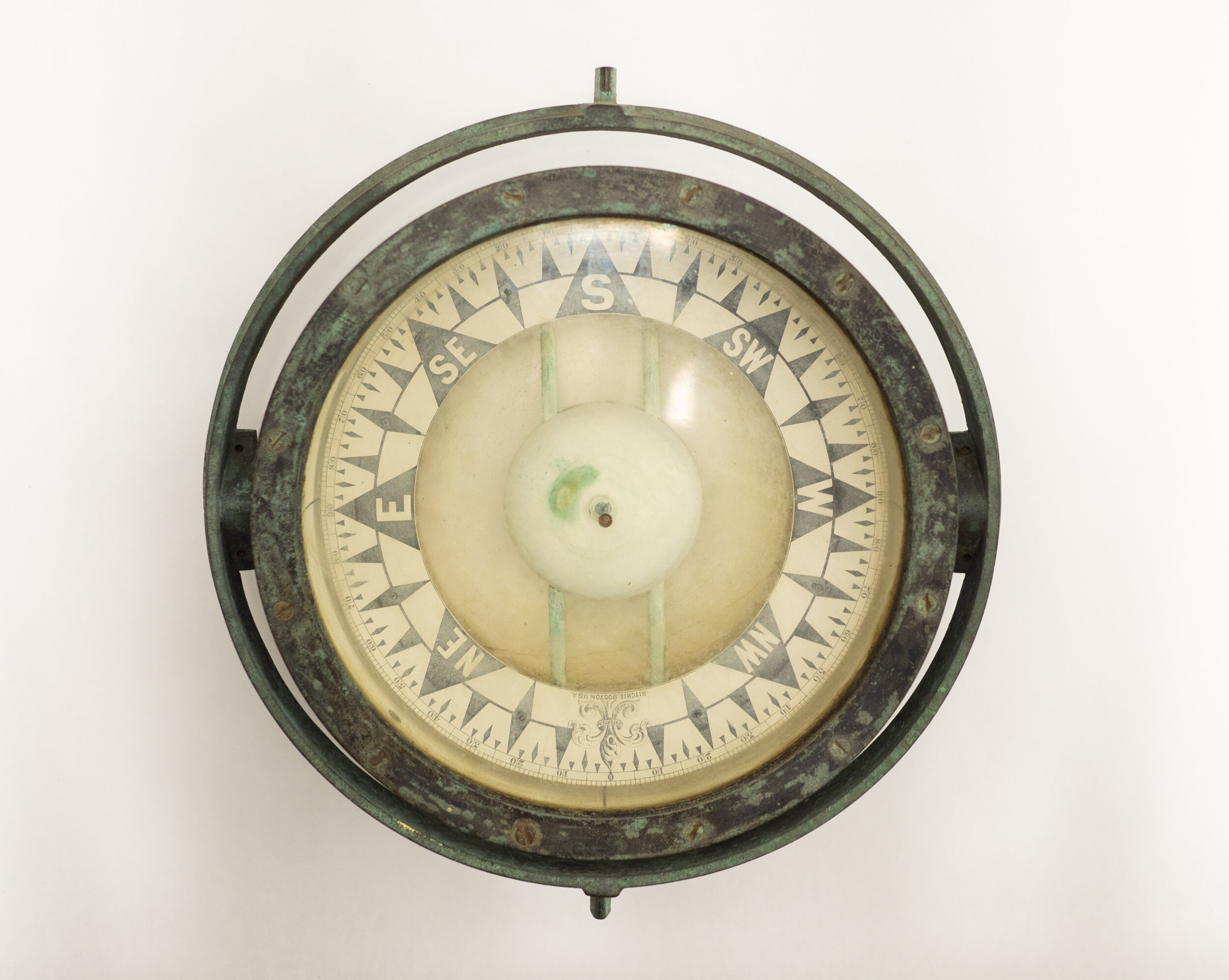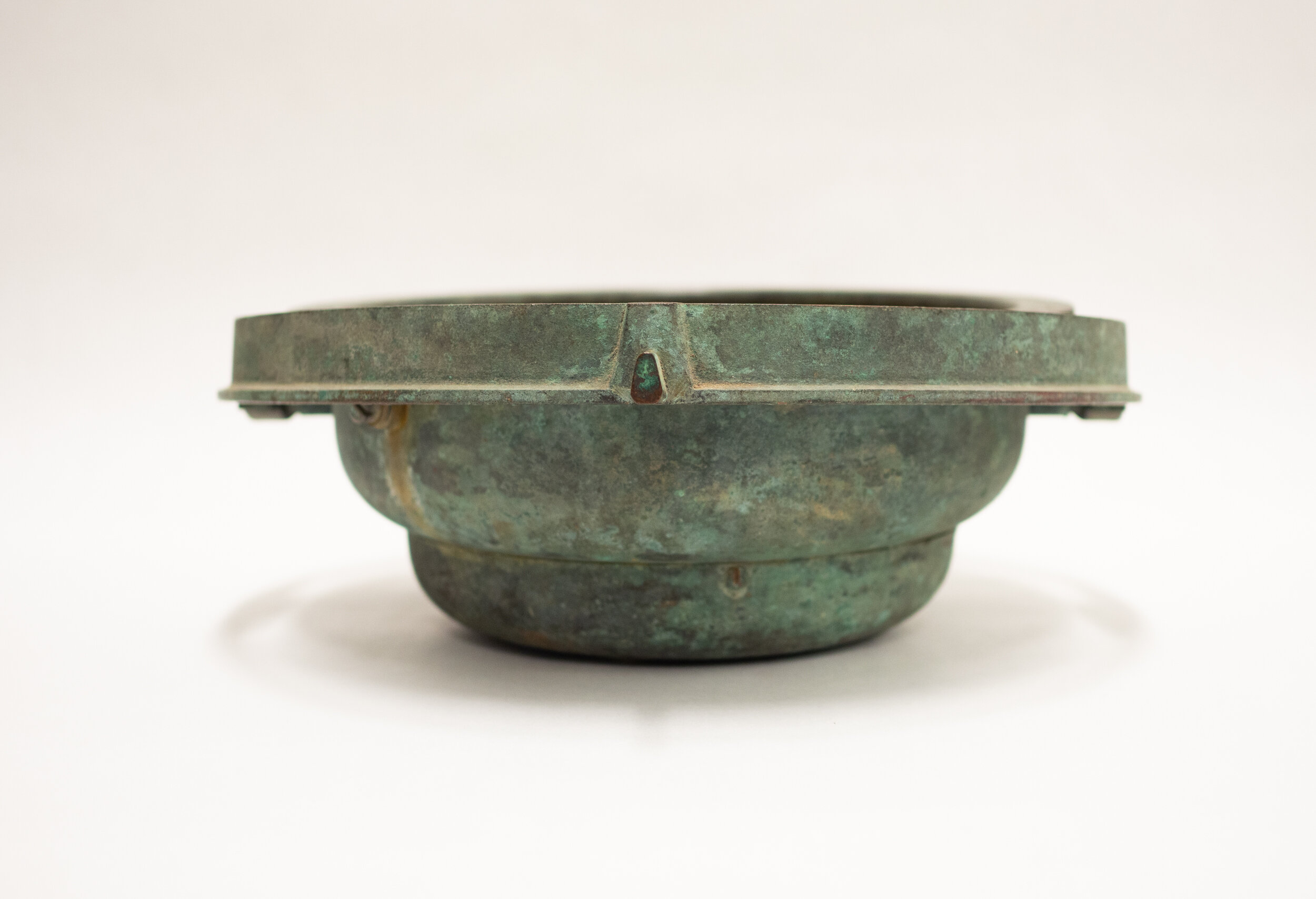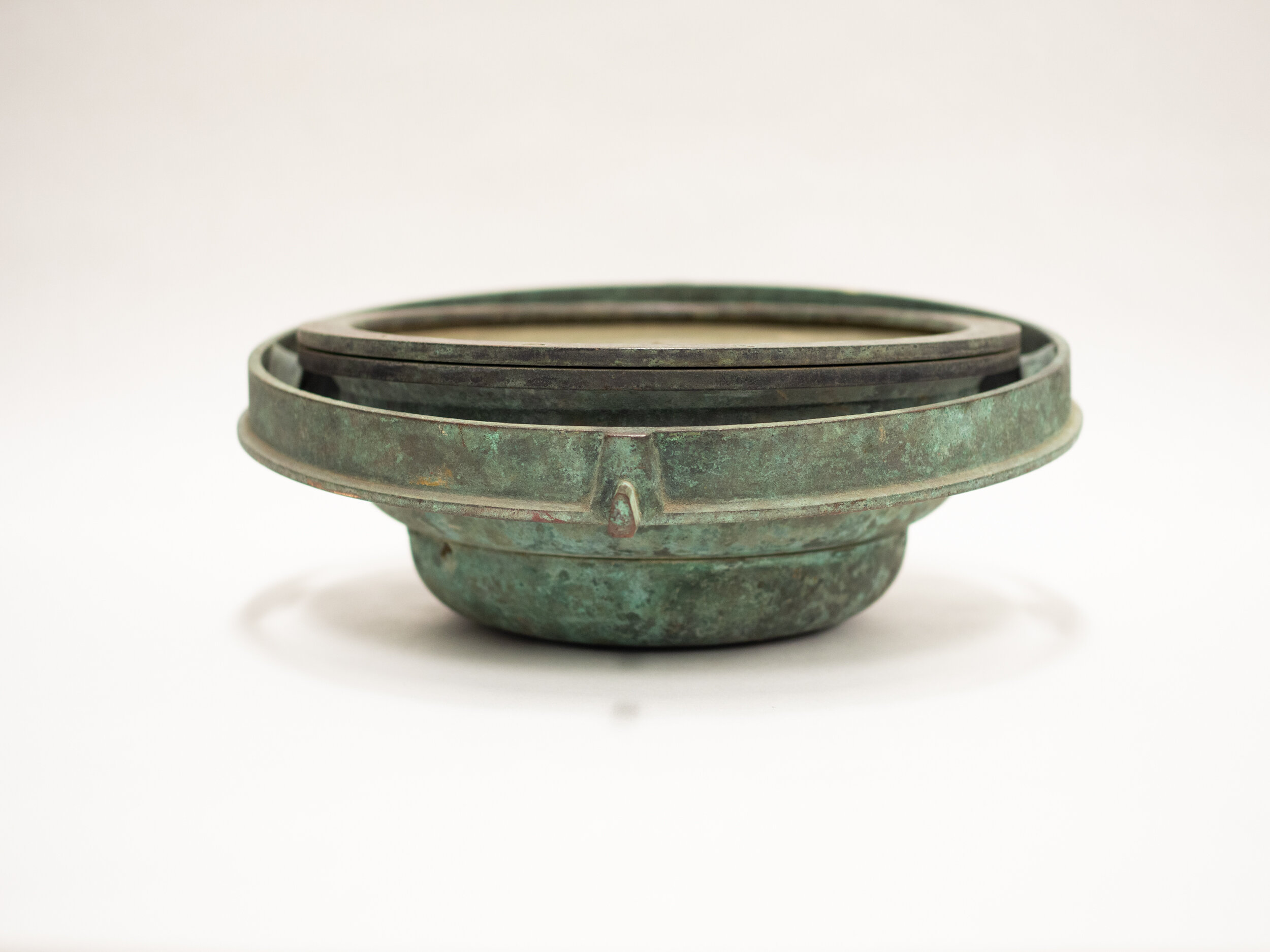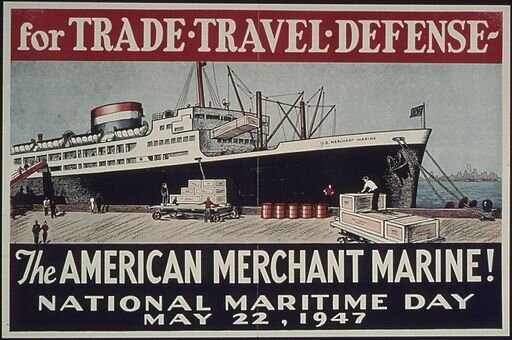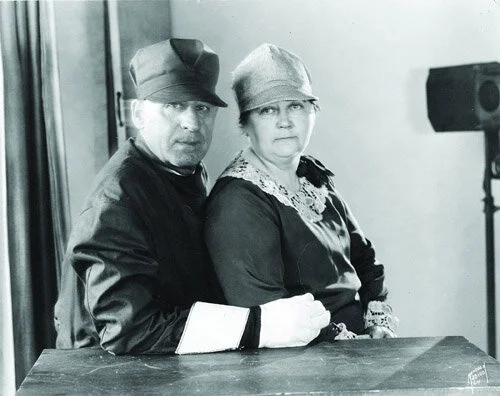Los Gatos has been home to many artistic and cultural luminaries over its history, many of whom were and are women. This year, for National Women’s History Month, we are highlighting just a few of these notable women.
Carolyn Cassady. Courtesy of Vice.
Carolyn Cassady was born in Lansing, Michigan in 1923. At the age of nine, her family moved to Nashville, Tennessee, where Carolyn developed a lifelong passion for fine arts and theater arts. She began formal art lessons upon arriving in Nashville, and sold her first painting, a portrait, at the age of 14. When she was 12, she joined the Nashville Community Playhouse, where she won numerous awards for her set designs, and worked her way up to head of the makeup department at only 16 years old. Carolyn studied art and drama at Bennington College in Vermont, and after graduating, became an occupational therapist for the US Army in Palm Springs, California during WWII. After the war, Carolyn moved to Denver, where she began studying for her master’s degree in fine arts and theater arts, and began working at the Denver Art Museum, establishing its theater arts department. It was also in Denver that Carolyn met her future husband Neal Cassady, and his friends Jack Kerouac and Allen Ginsberg, all preeminent members of the Beat Generation. Carolyn and Neal moved out to San Francisco, where Neal found work as a brakeman for the Southern Pacific Railroad. Their marriage was often tumultuous, with Neal often leaving for long periods of time to travel with Kerouac. In the early 1950s, Carolyn and Neal moved to Monte Sereno with their three children, where they often played host to their Beat Generation writer friends. Carolyn was heavily involved in the local arts community; she became the costume designer and makeup artist for the Los Gatos Academy of Dance, the San Jose Opera Company, the San Jose Light Opera Company, and the drama club at the University of Santa Clara. She also continued painting portraits. Later in life, Carolyn moved to England, where she died in 2013 at the age of 90. An artist in her own right, Carolyn served as the inspiration for many characters in Jack Kerouac’s novels, and published her own memoirs about life in the Beat Generation in 1990 entitled Off the Road: Twenty Years with Cassady, Kerouac and Ginsberg.
Sara Bard Field. Courtesy of the Library of Congress.
Sara Bard Field was born in 1882 in Cincinnati, Ohio. At the age of 18, after graduating from high school, Sara married her first husband, minister Albert Ehrgott. After traveling through India and having their first child, Sara and Albert returned to the United States, settling in Cleveland, where Sara started a kindergarten, as well as a soup kitchen, and was introduced to famed lawyer Clarence Darrow. In 1910, the Ehrgott family, now including a daughter, moved to Portland, Oregon, where Sara joined the Oregon College Equal Suffrage League and began touring the state, advocating for women’s suffrage. It was also in Portland that Darrow introduced her to author, artist, and activist C.E.S. Wood, who would become her lover and eventually, second husband. In 1913, Sara moved to Nevada, where she continued her suffrage work, advocating for Nevada women to gain the right to vote, and where she also secured a divorce from Albert. She also became a part of the national women’s suffrage movement, joining the National Woman’s Party. After participating in the 1915 Panama-Pacific International Exposition in San Francisco, Sara and other NWP suffragists drove a reported 500,000 signature petition across the country to deliver to President Woodrow Wilson, demanding a federal suffrage amendment to the U.S. Constitution. She continued traveling the country advocating for women’s right to vote until she moved to San Francisco with Wood in 1918. In 1923, the couple moved to Los Gatos, where they built a large estate nicknamed “The Cats,” and often hosted their many artistic friends, including Ansel Adams, John Steinbeck, and Langson Hughes. It was here in Los Gatos that Sara embarked on her own literary career, publishing two collections of poetry and one epic poem, Barabbas, which earned her a gold medal from the Book Club of California. She and Wood eventually married in 1938 after the death of his first wife. After Wood’s death in 1944, Sara moved from Los Gatos to Berkeley to live closer to her daughter. Sara died there in 1974.
Nana Ruth Gollner.
Nana Ruth Gollner was born in El Paso, Texas in 1919. At the age of two, she was stricken with infantile paralysis, which severely affected one leg. A doctor recommended that Nana Ruth should walk in sand to make her legs stronger, and as she began to recover, the doctor also recommended ballet lessons. She began taking ballet, and by the age of eight, almost all signs of her past paralysis were gone. In the late 1920s, the Gollner family moved to Los Gatos, and Nana Ruth continued her ballet practice, and was cast as a Blossom Princess in the Saratoga Blossom Festival in 1929. She began her career as a professional ballerina at the age of 14, and went on to dance for the American Ballet Theatre, the Ballet Russe, and the London-based International Ballet. She became the first American ballerina in the 20th century to achieve prima ballerina status in a European Ballet Company, and appeared on the cover of March 20, 1944 issue of Life magazine. In 1952 she moved to Belgium with her husband, Danish dancer Paul Eilif Peterson, where she lived until her death in 1980.
